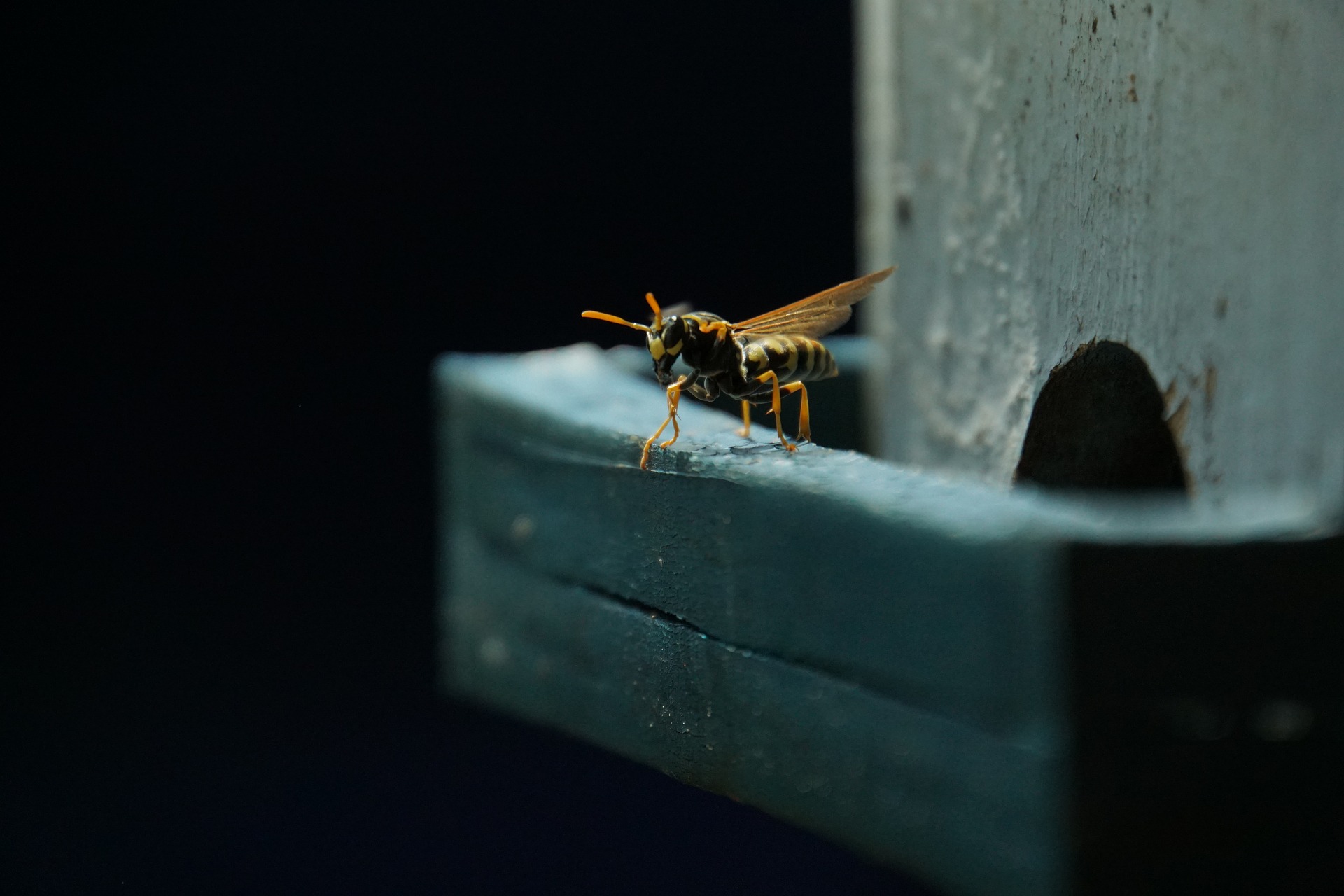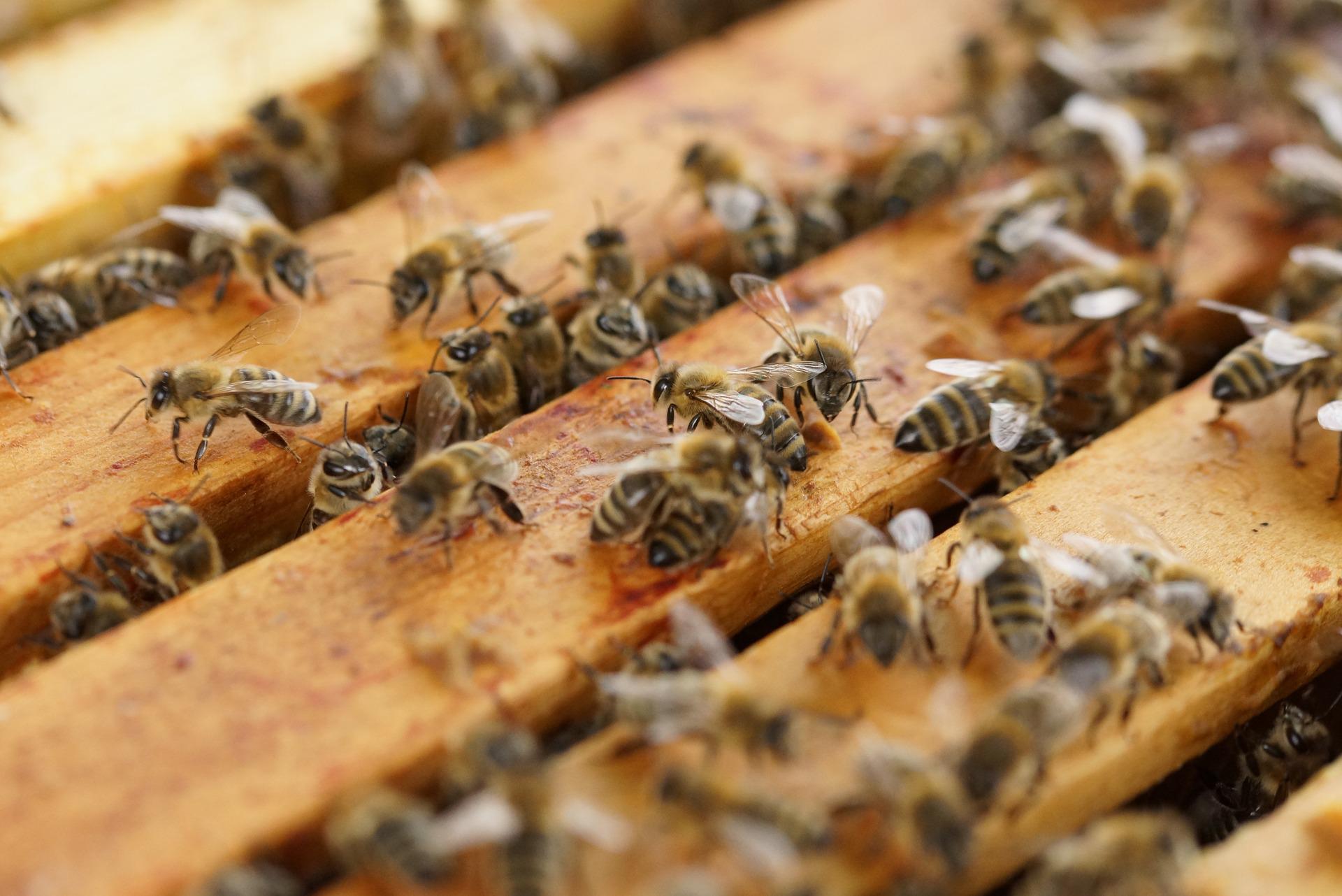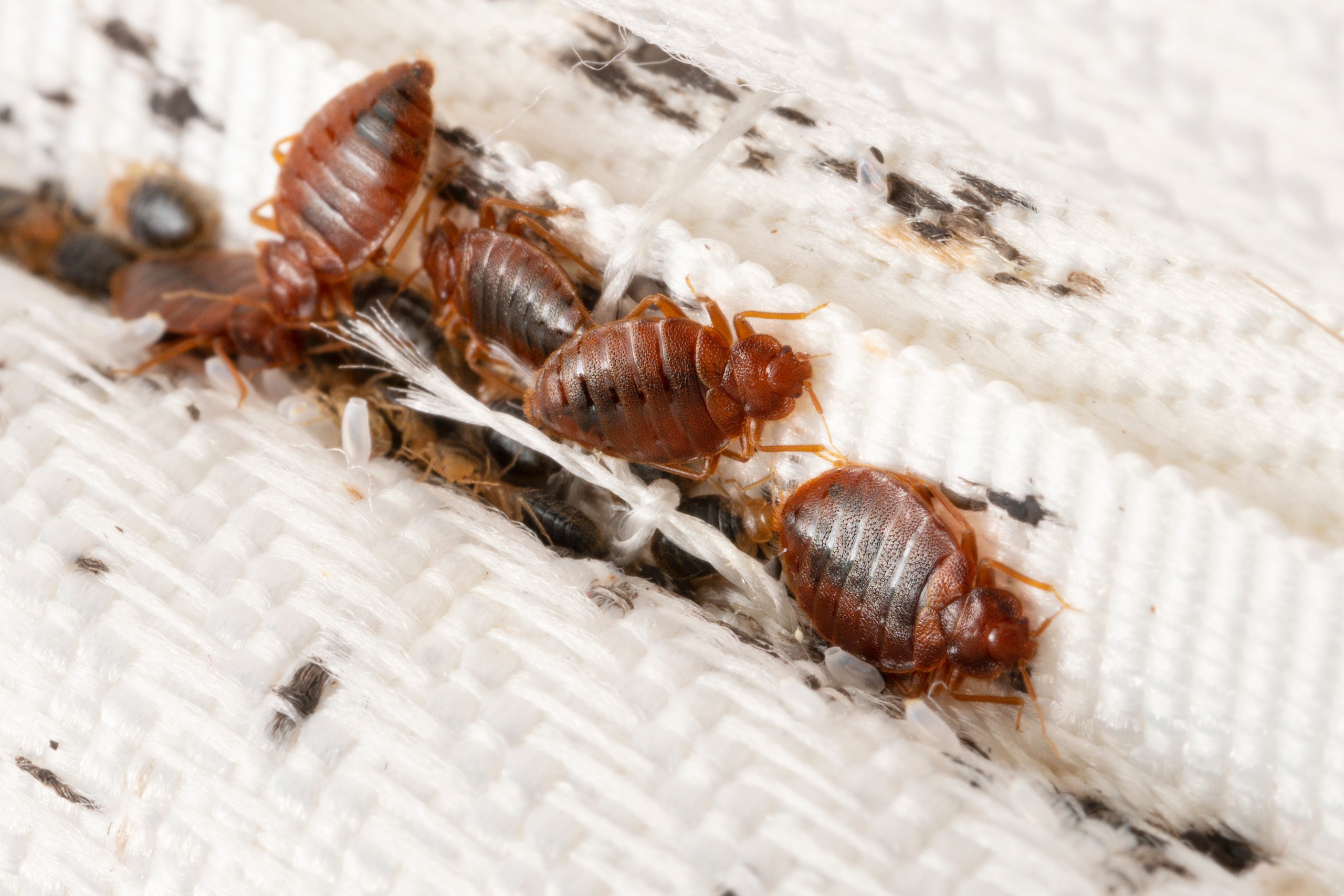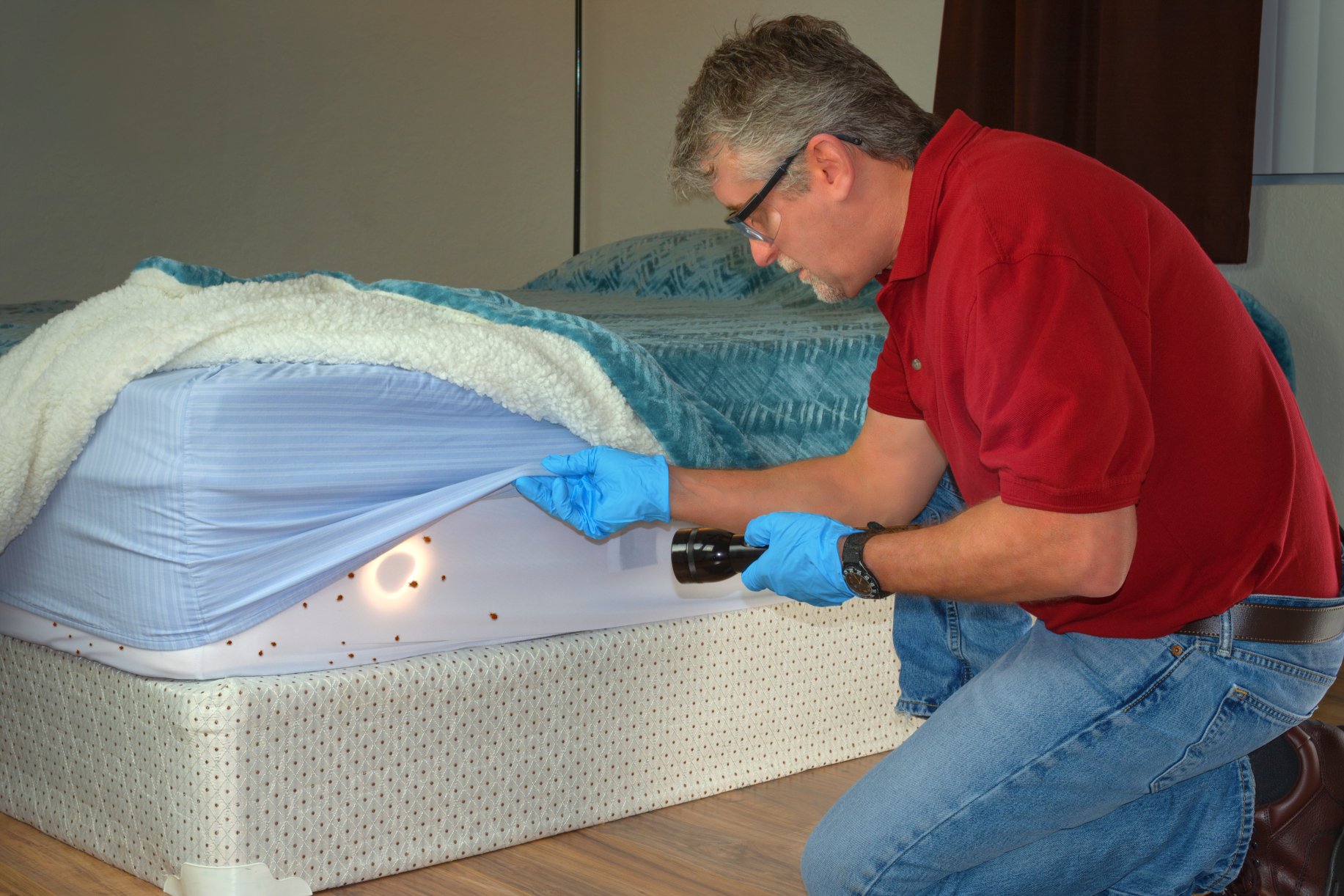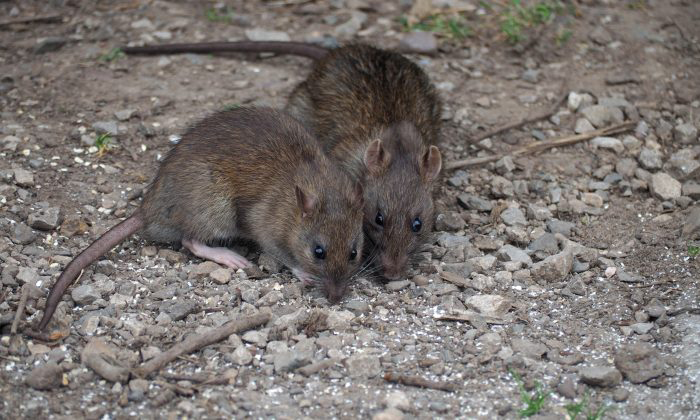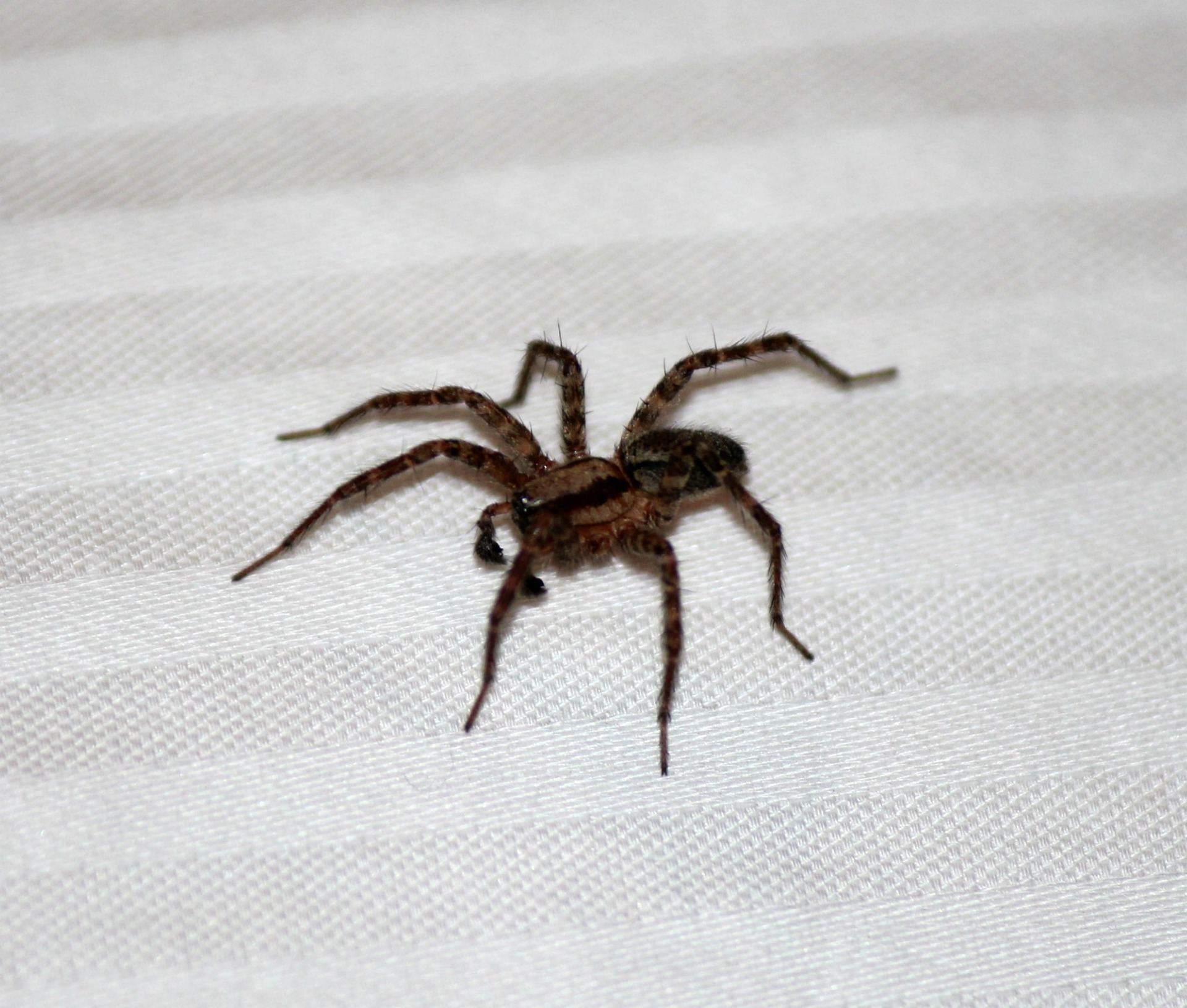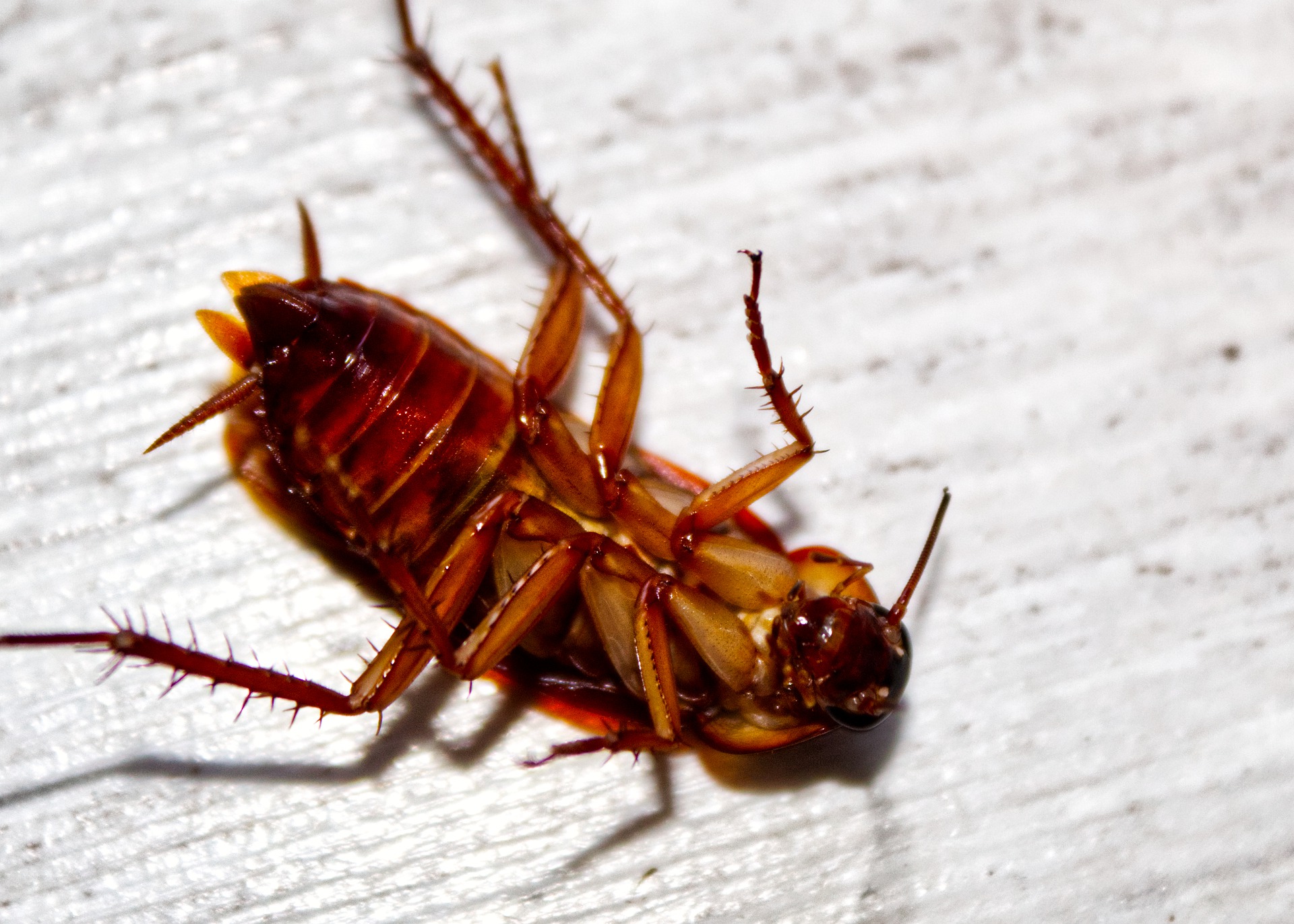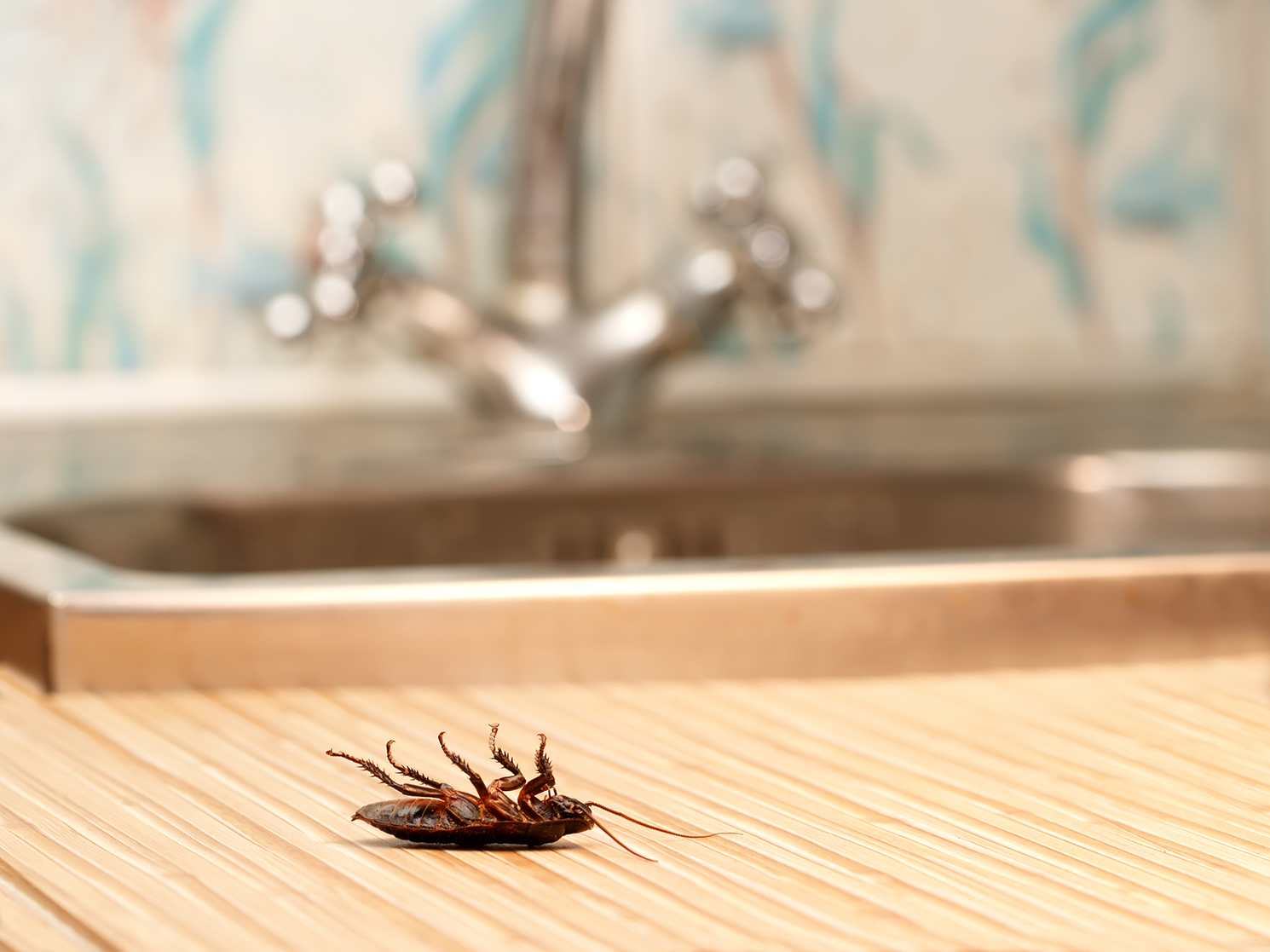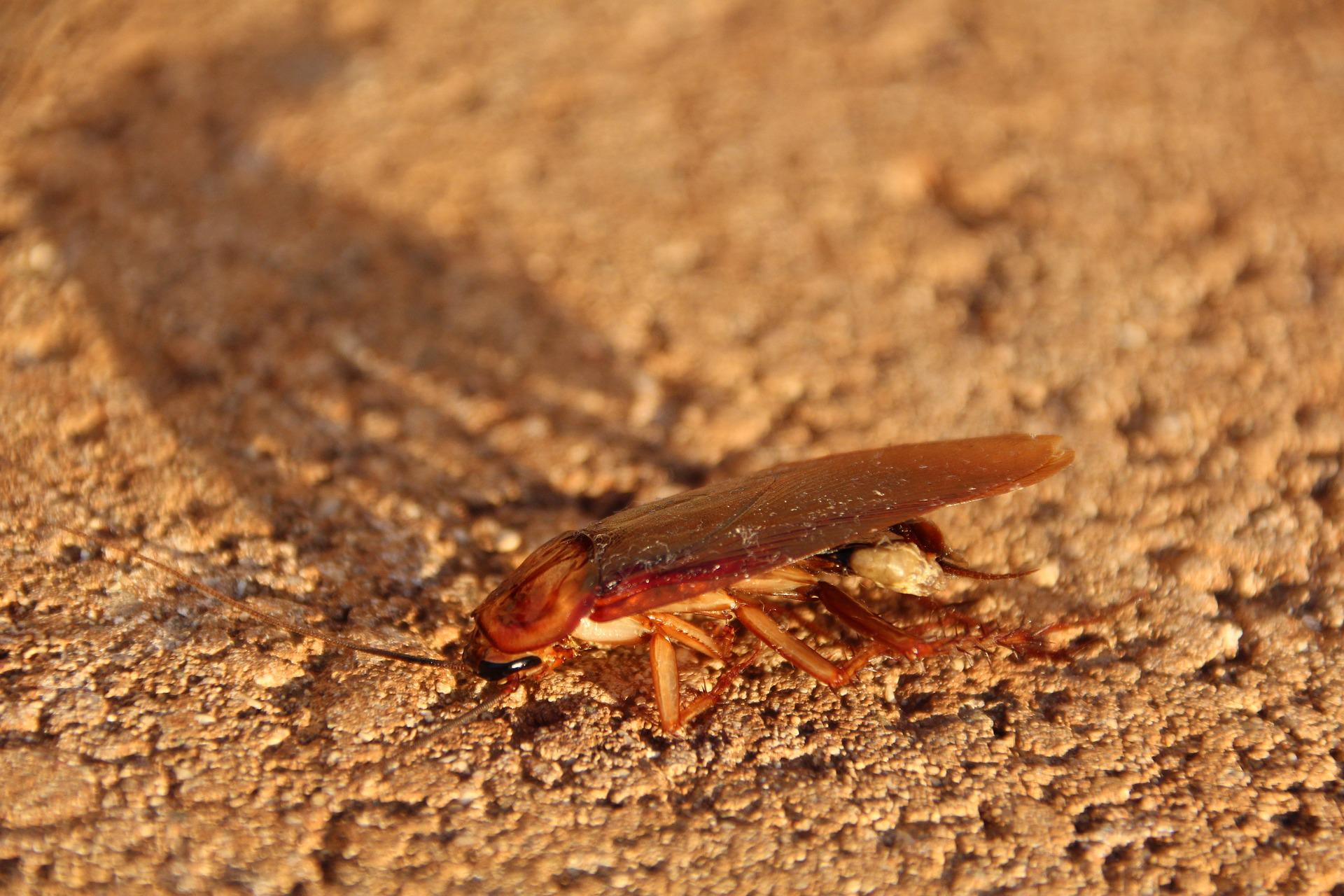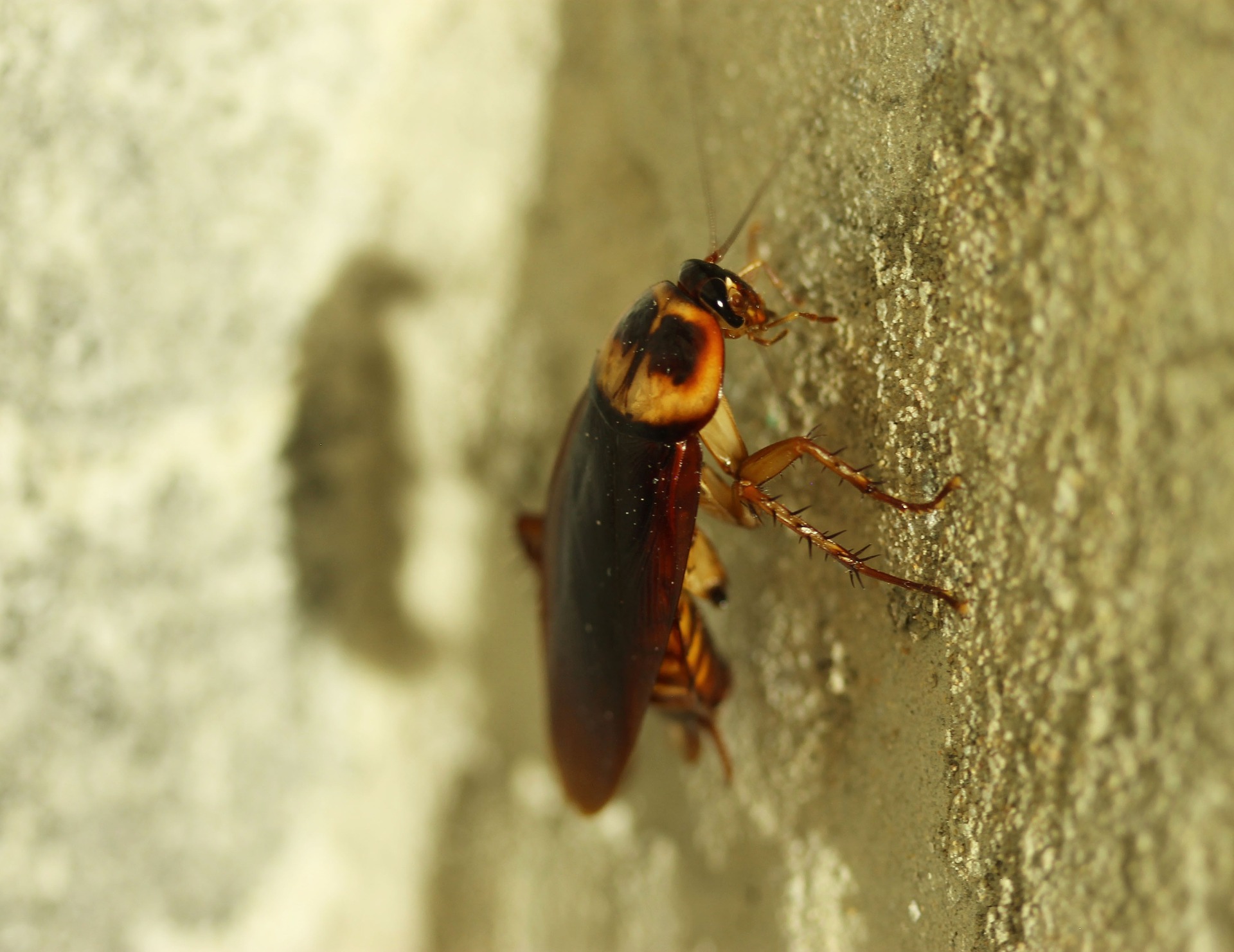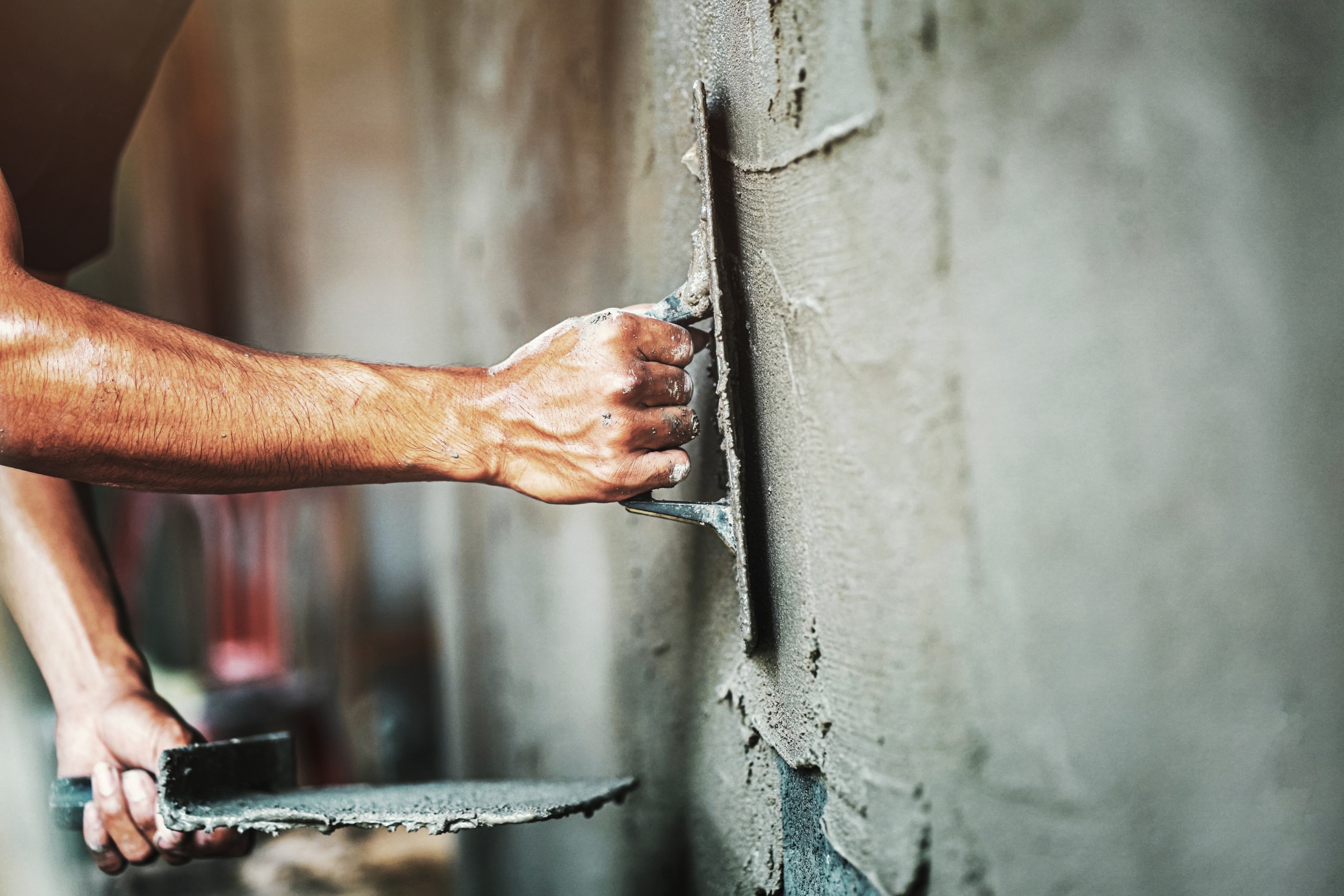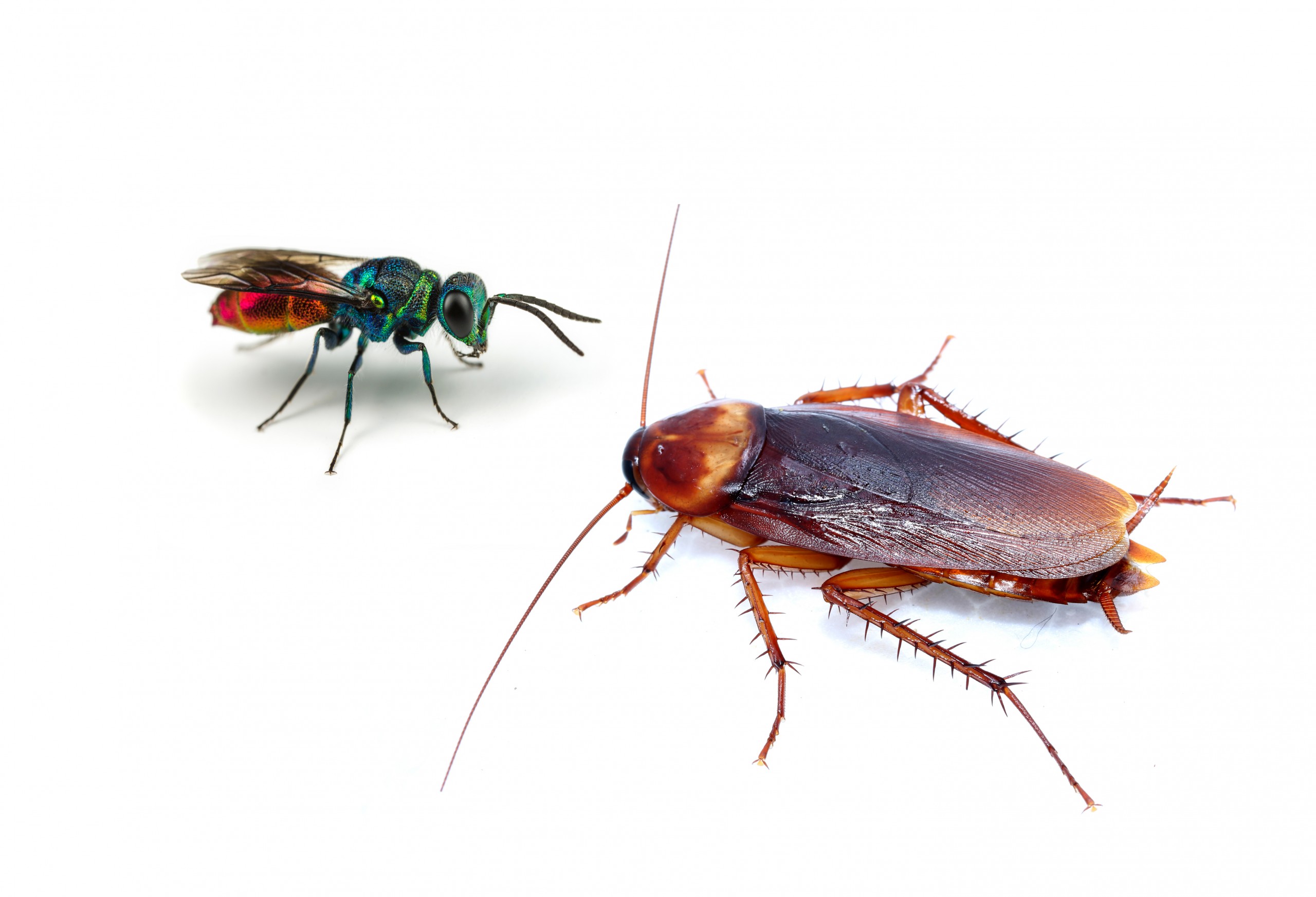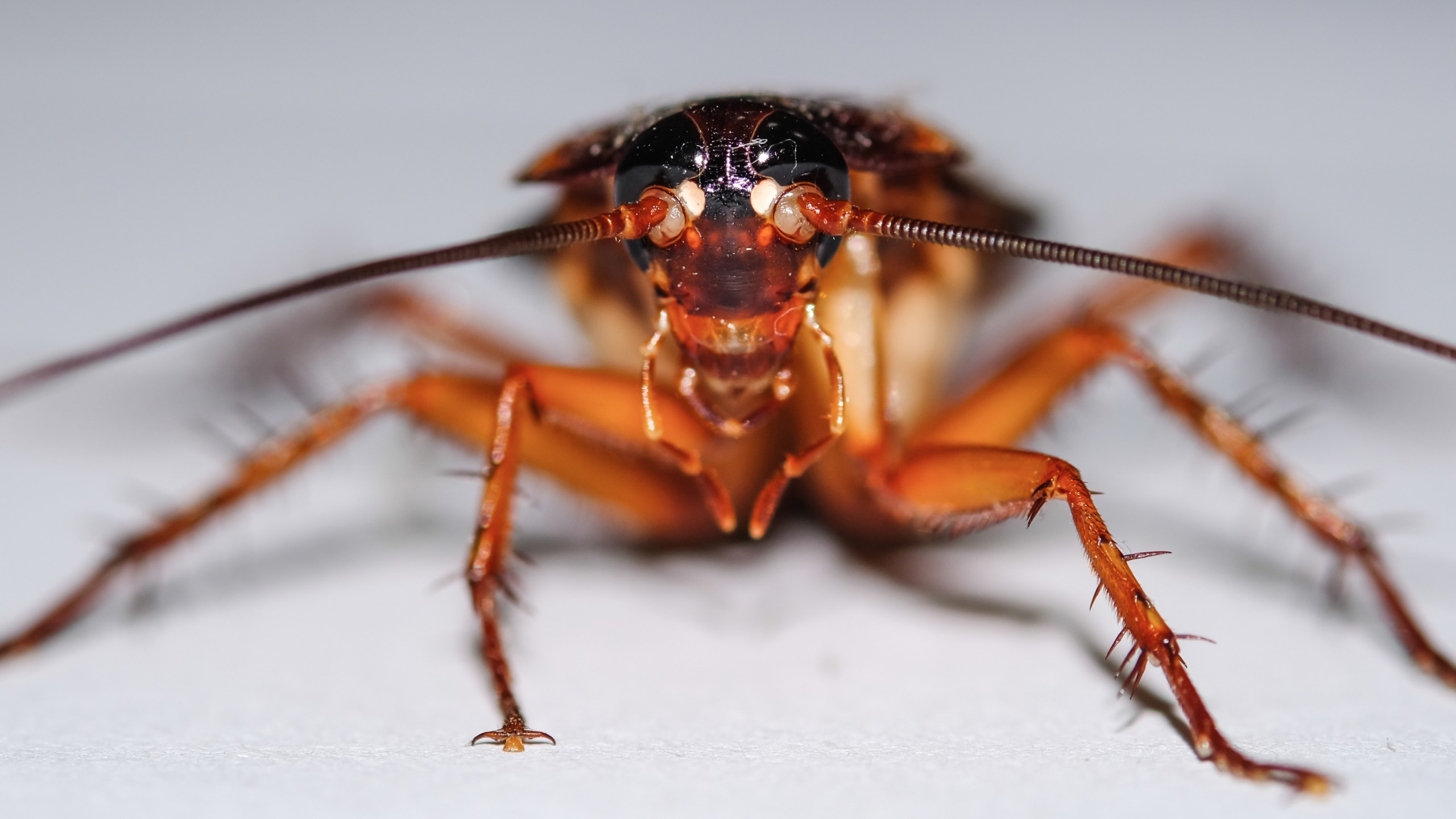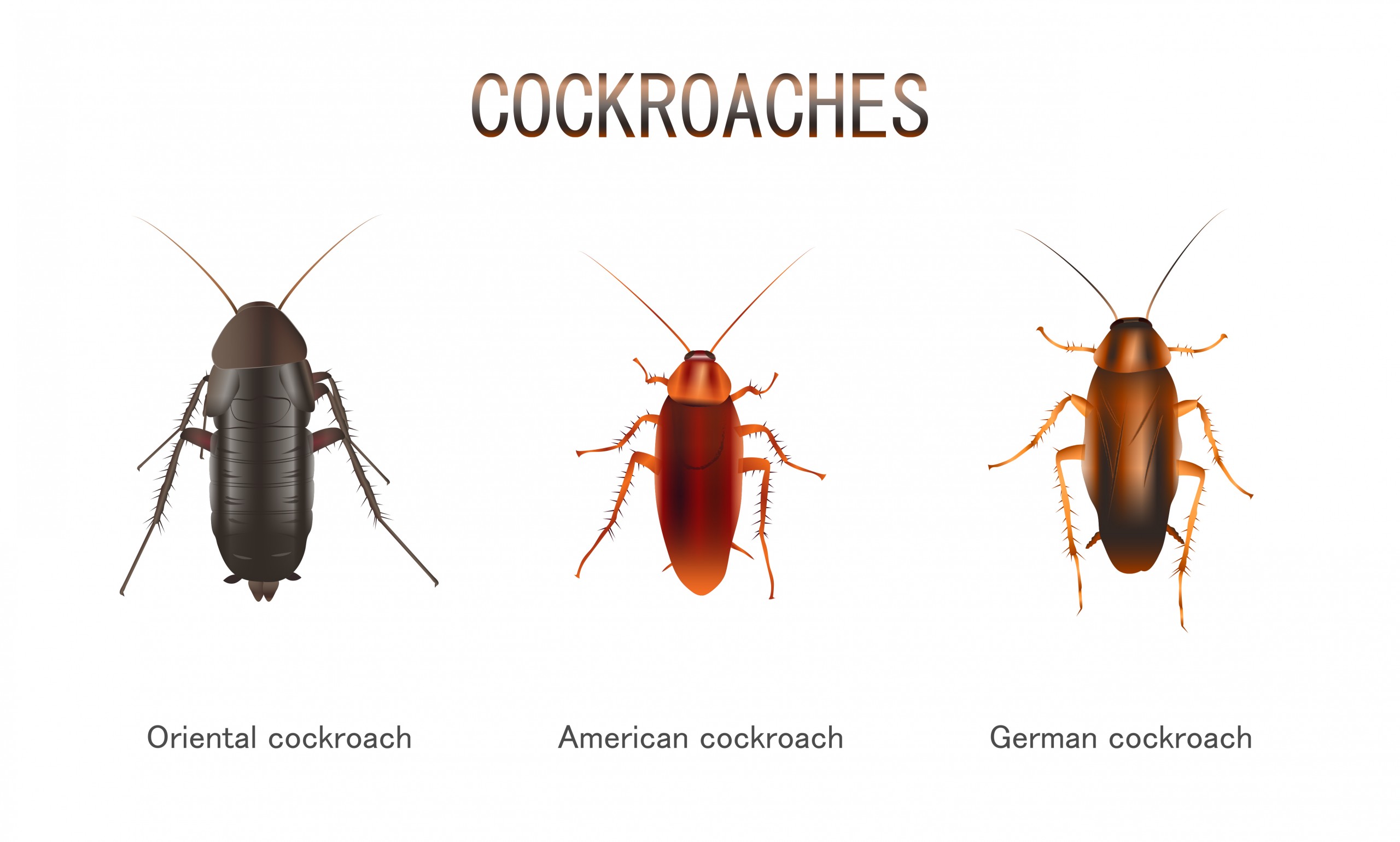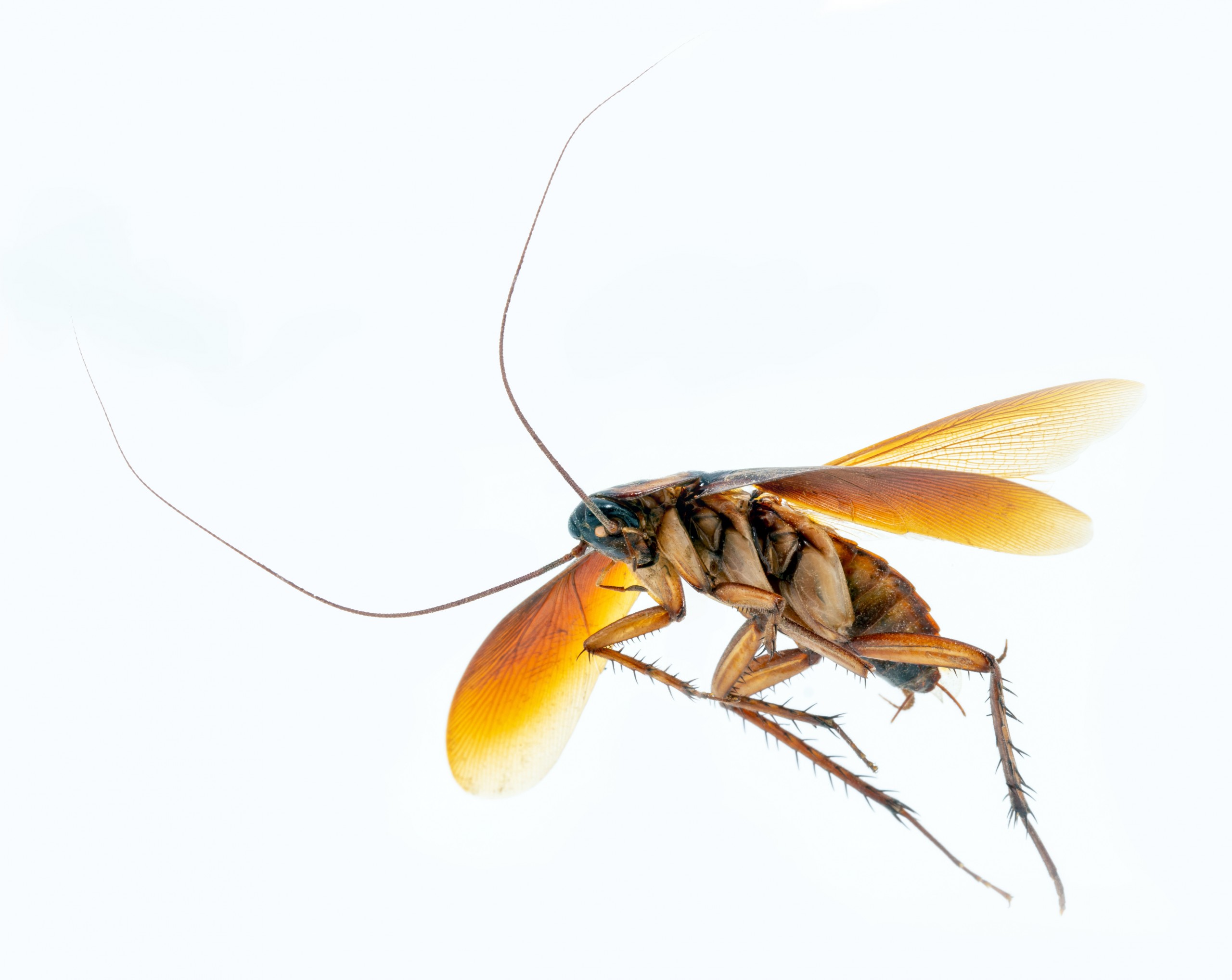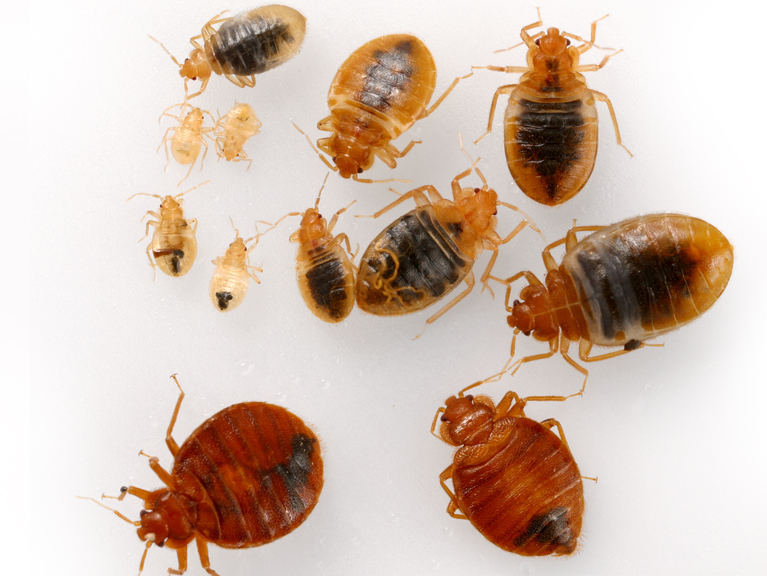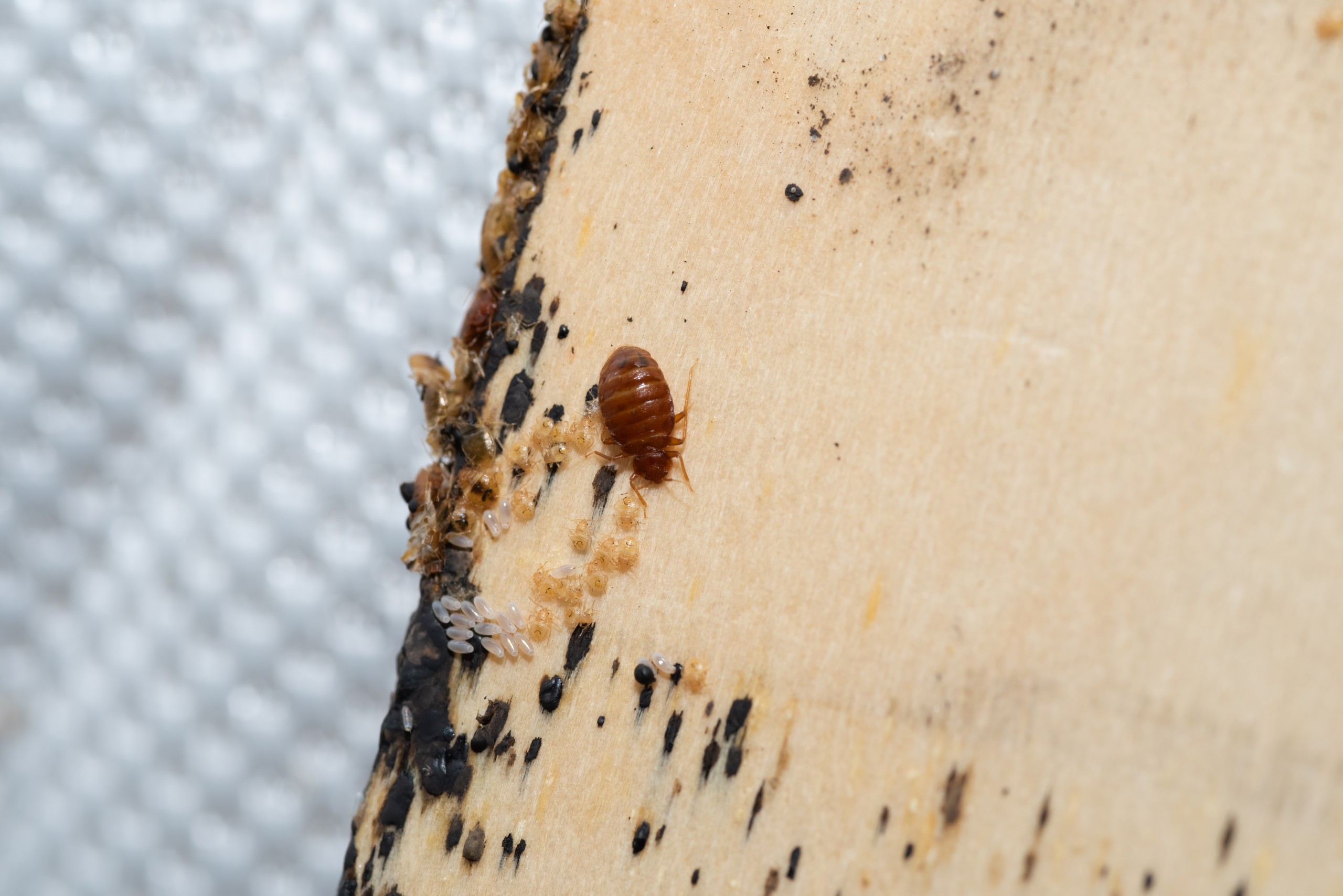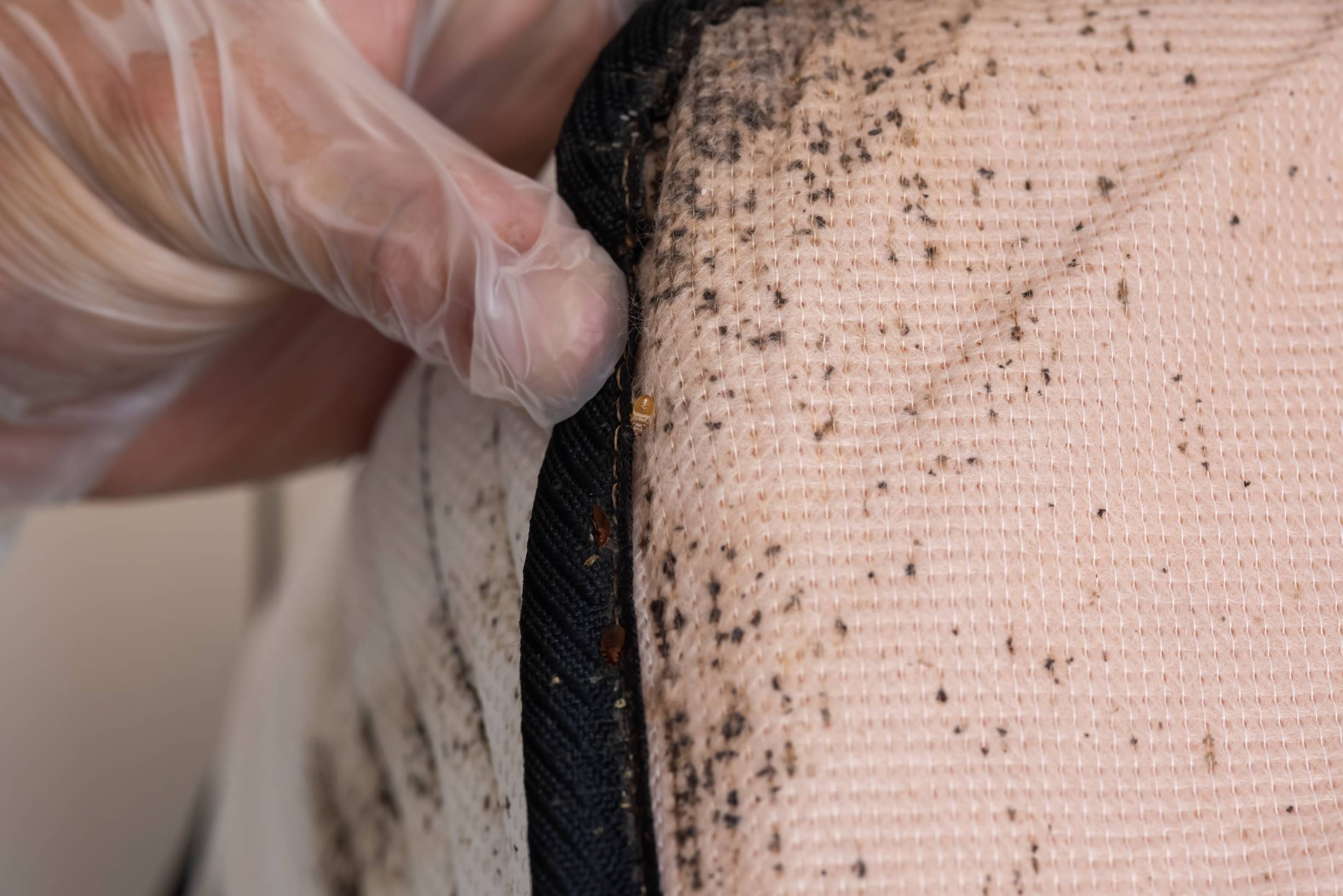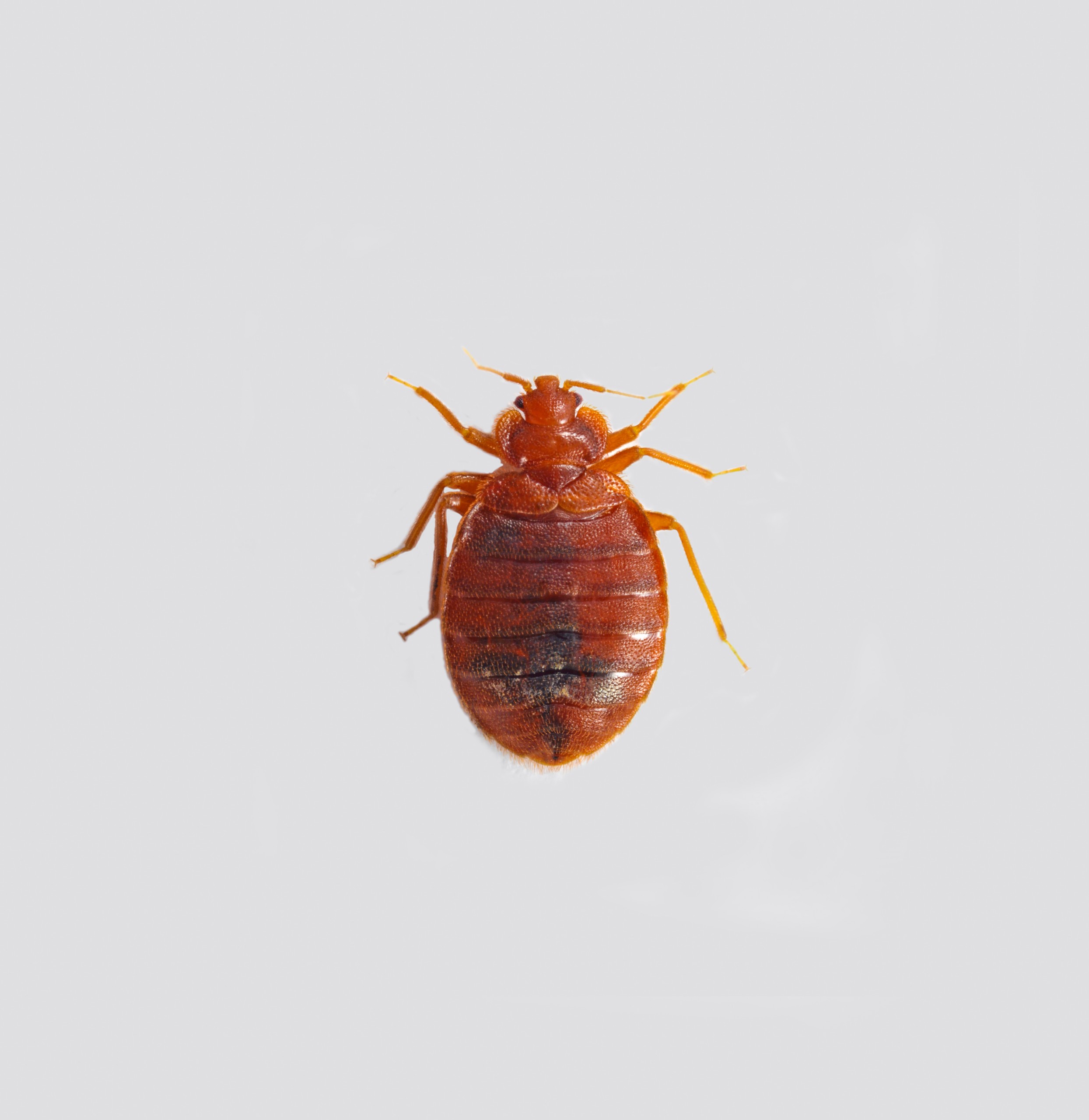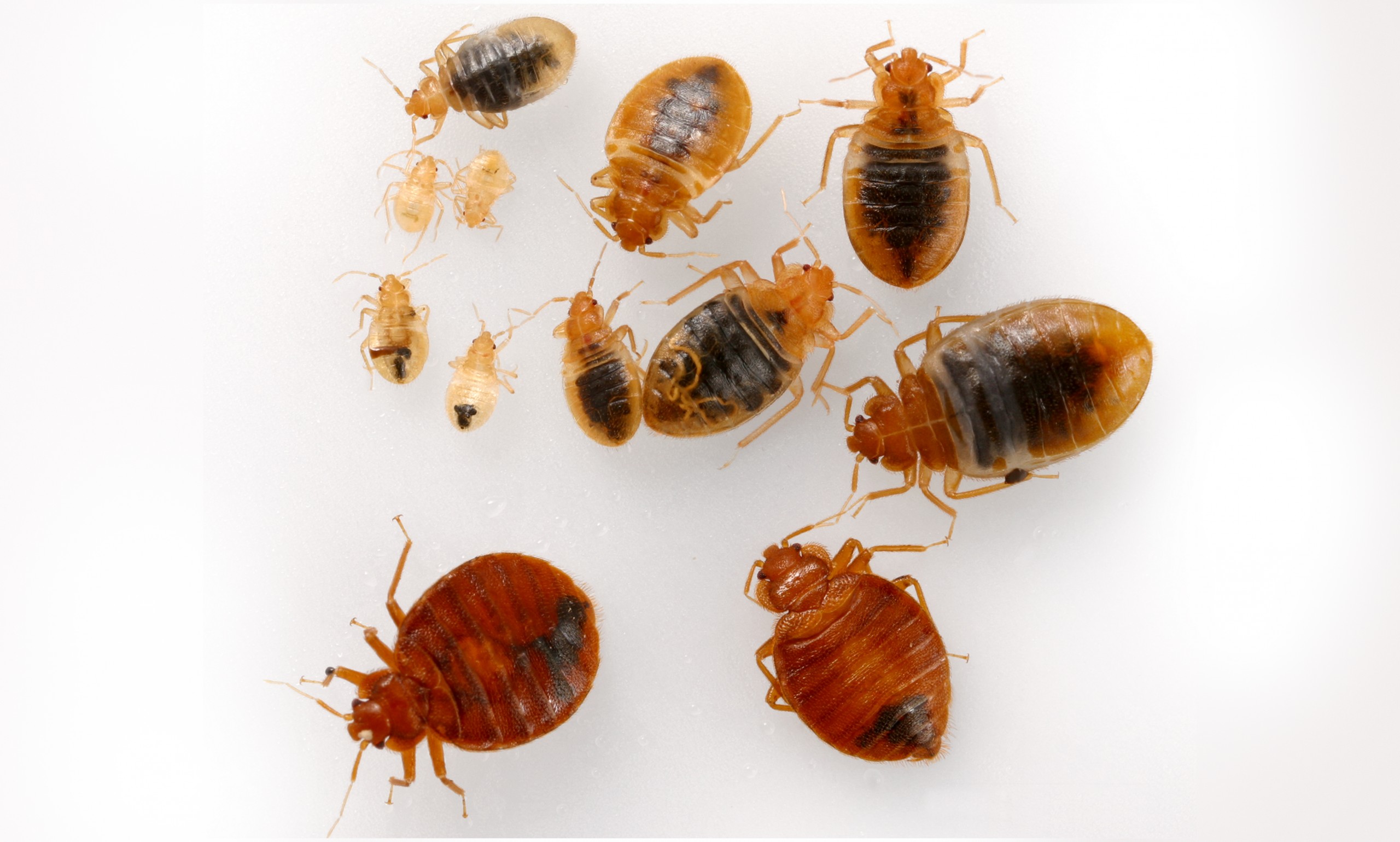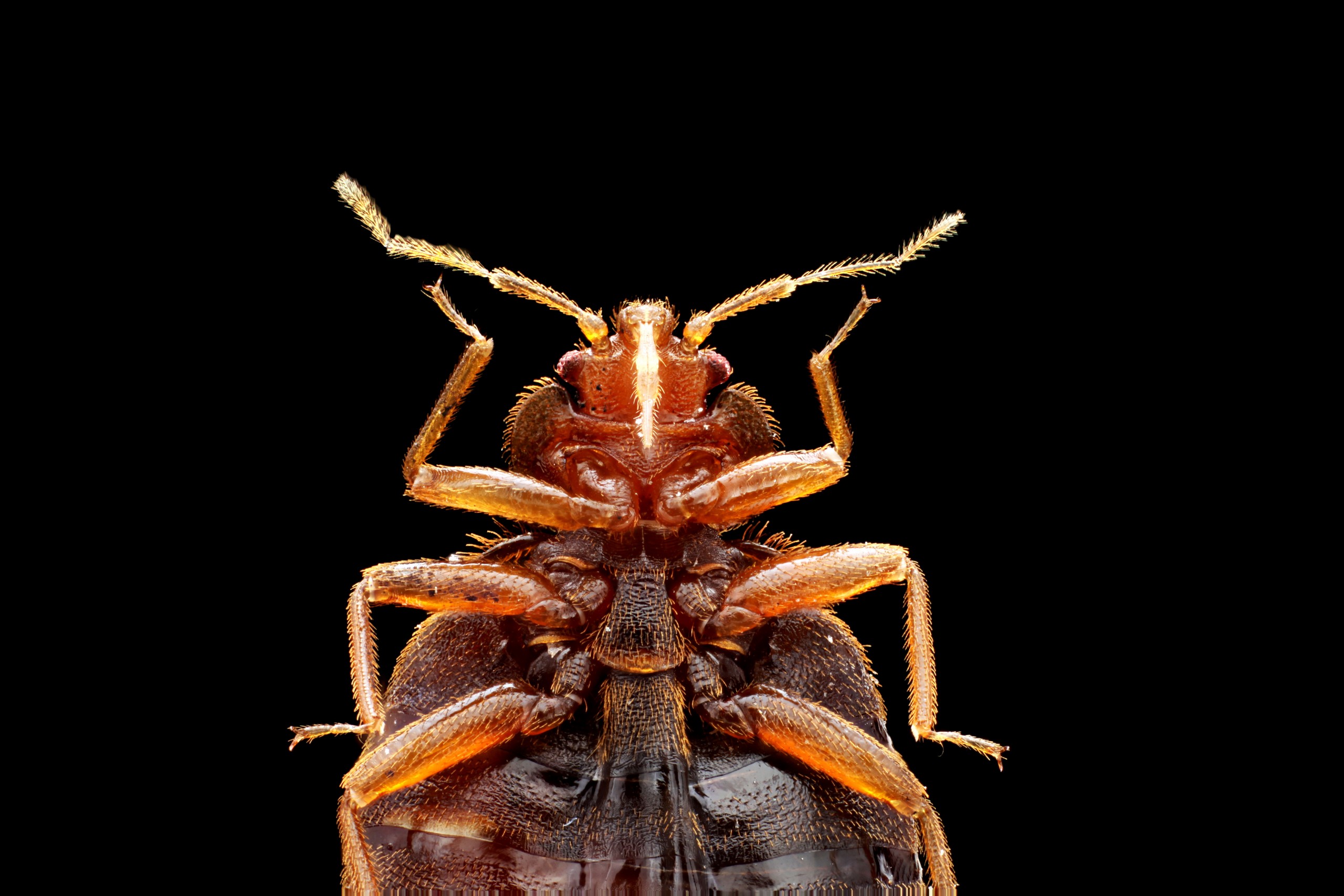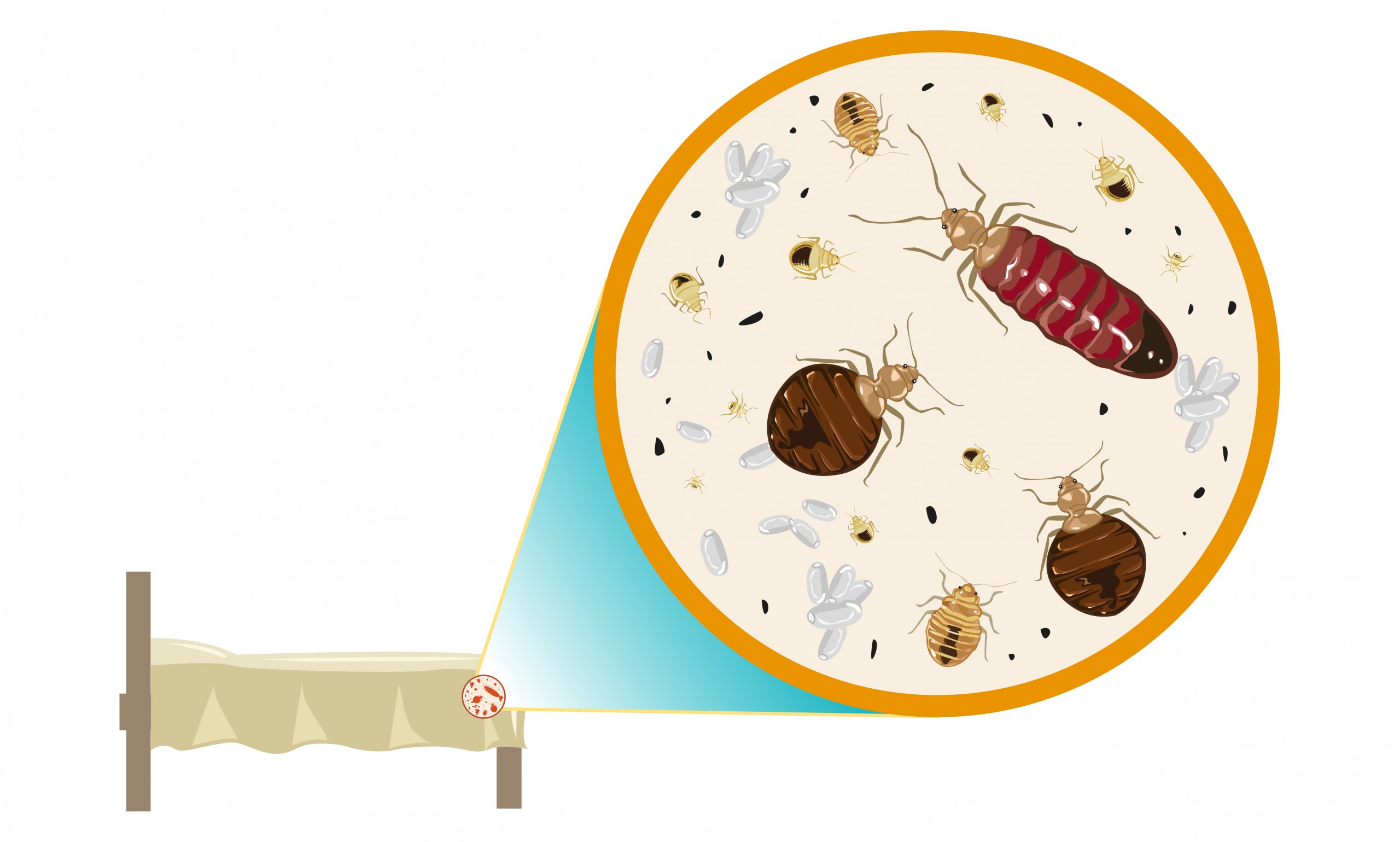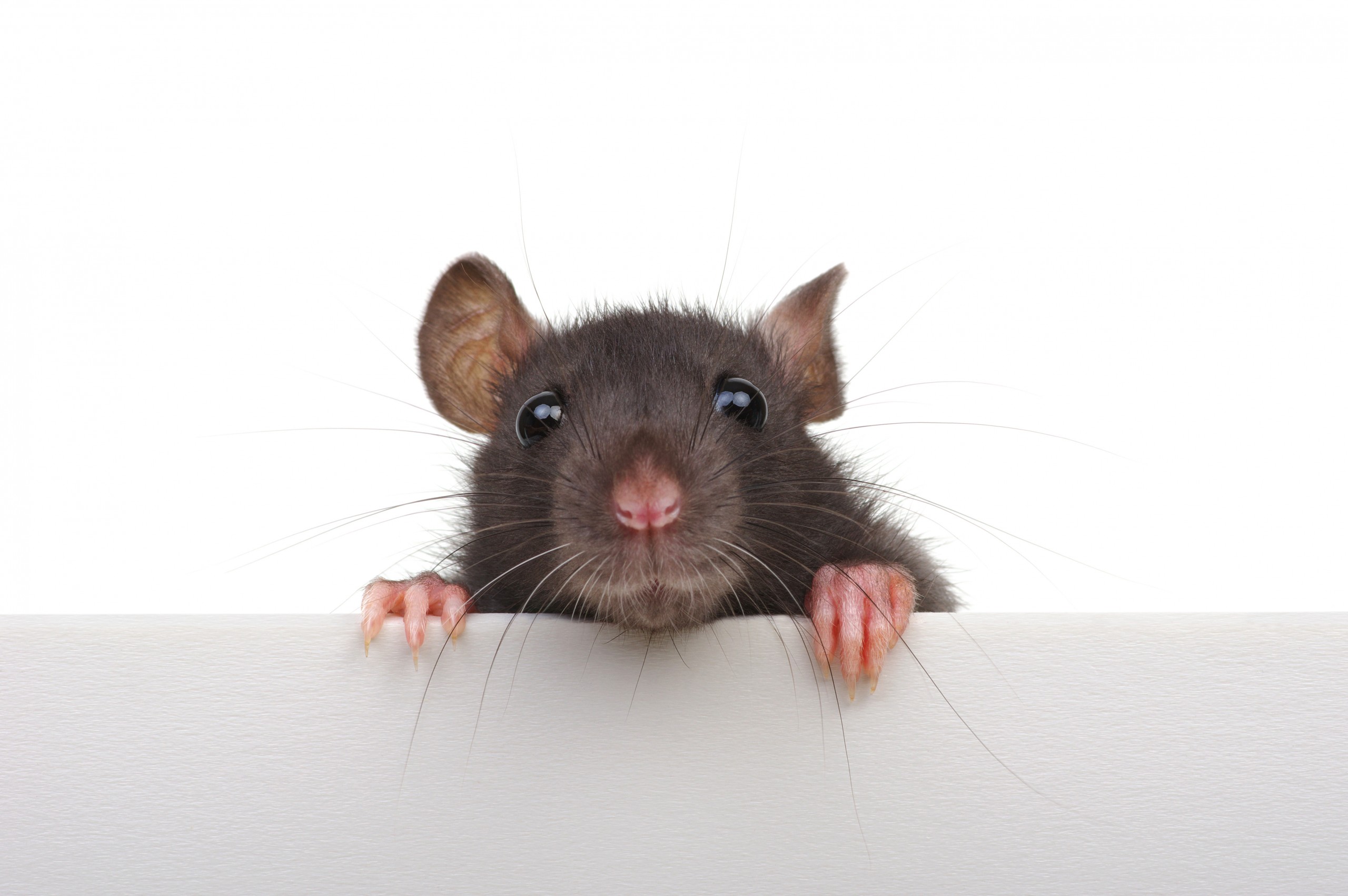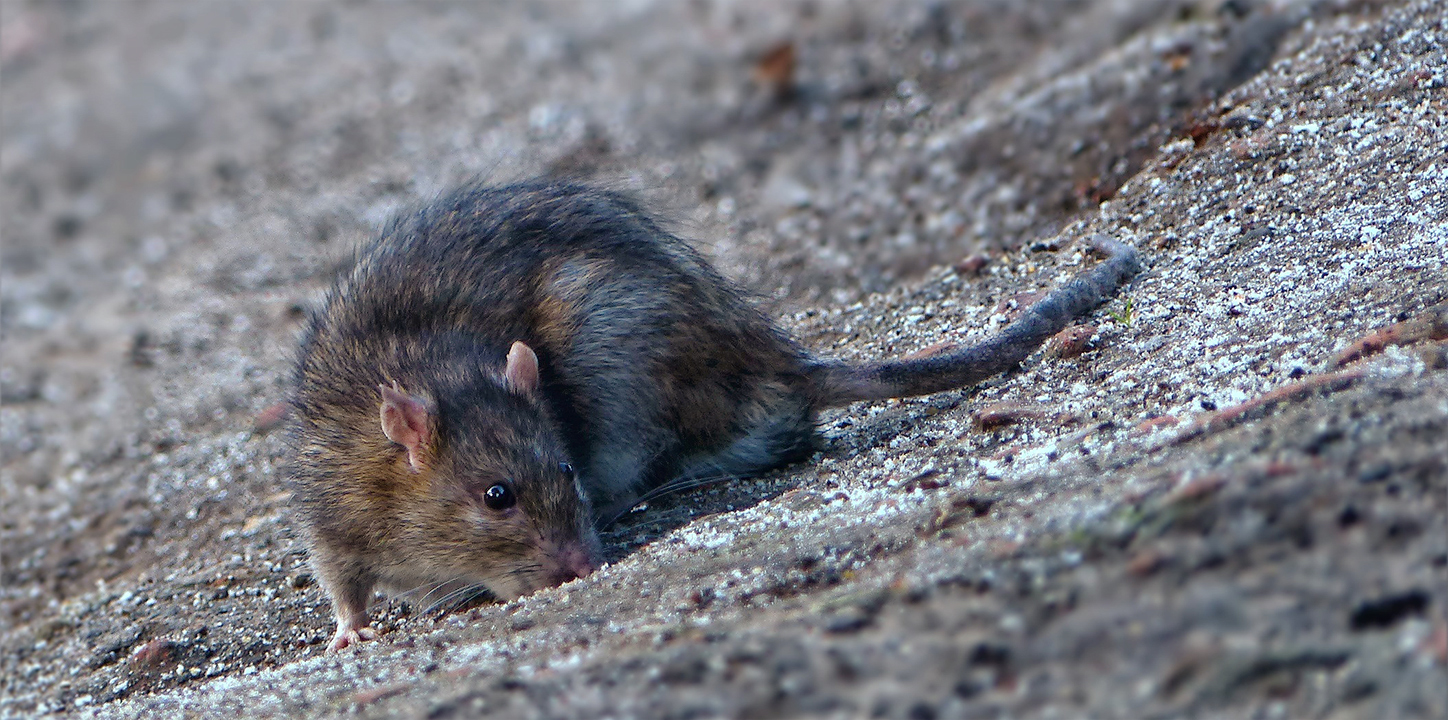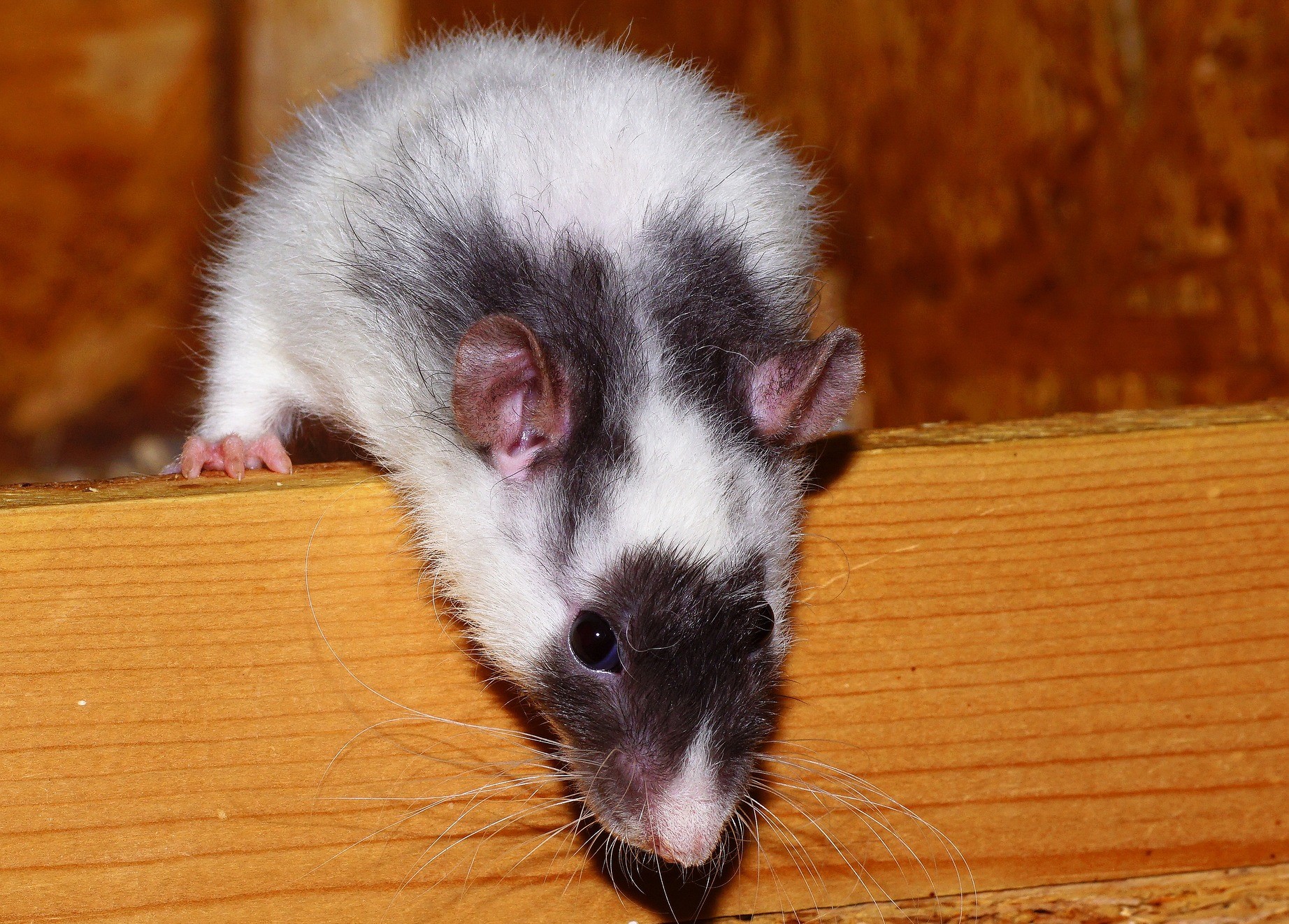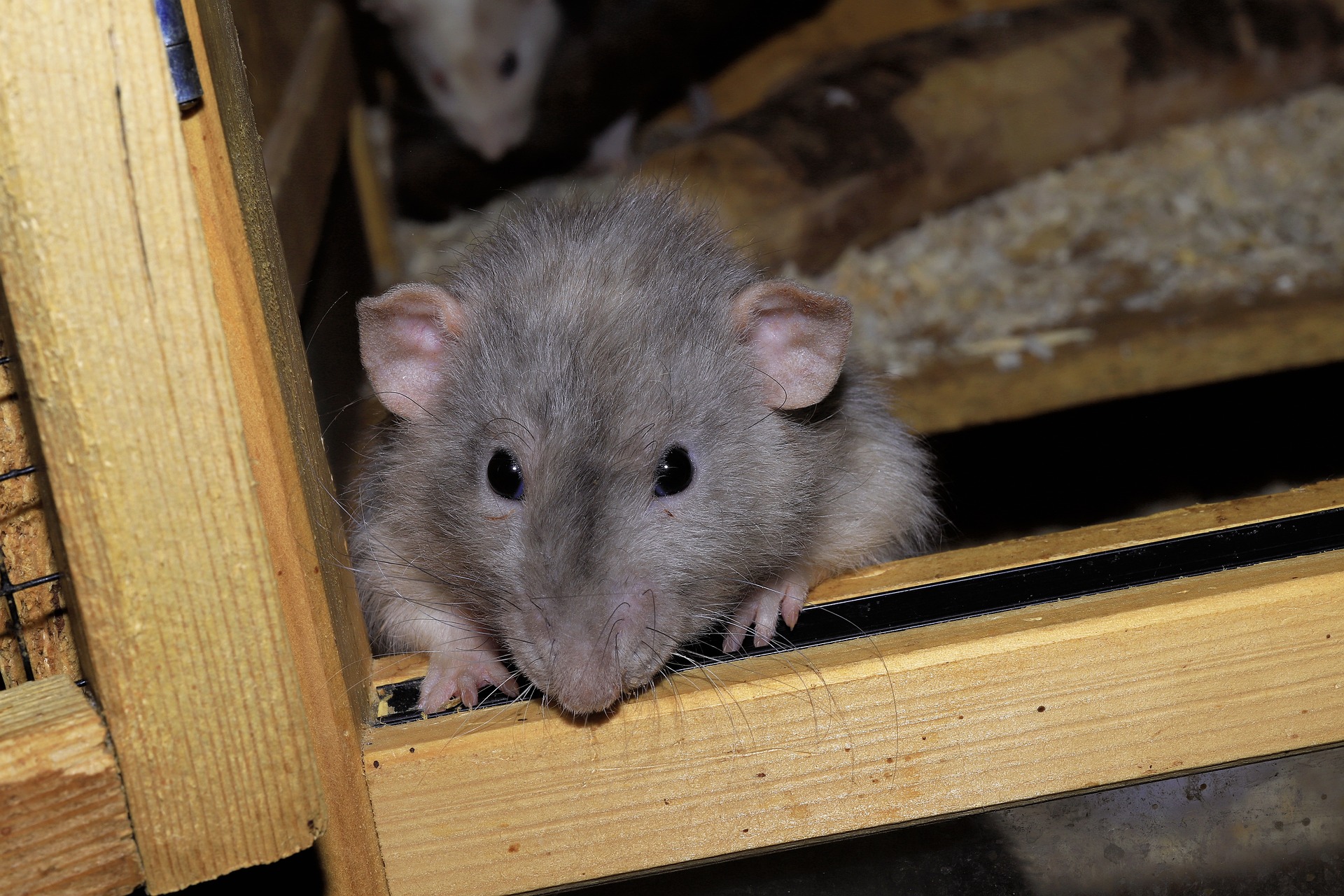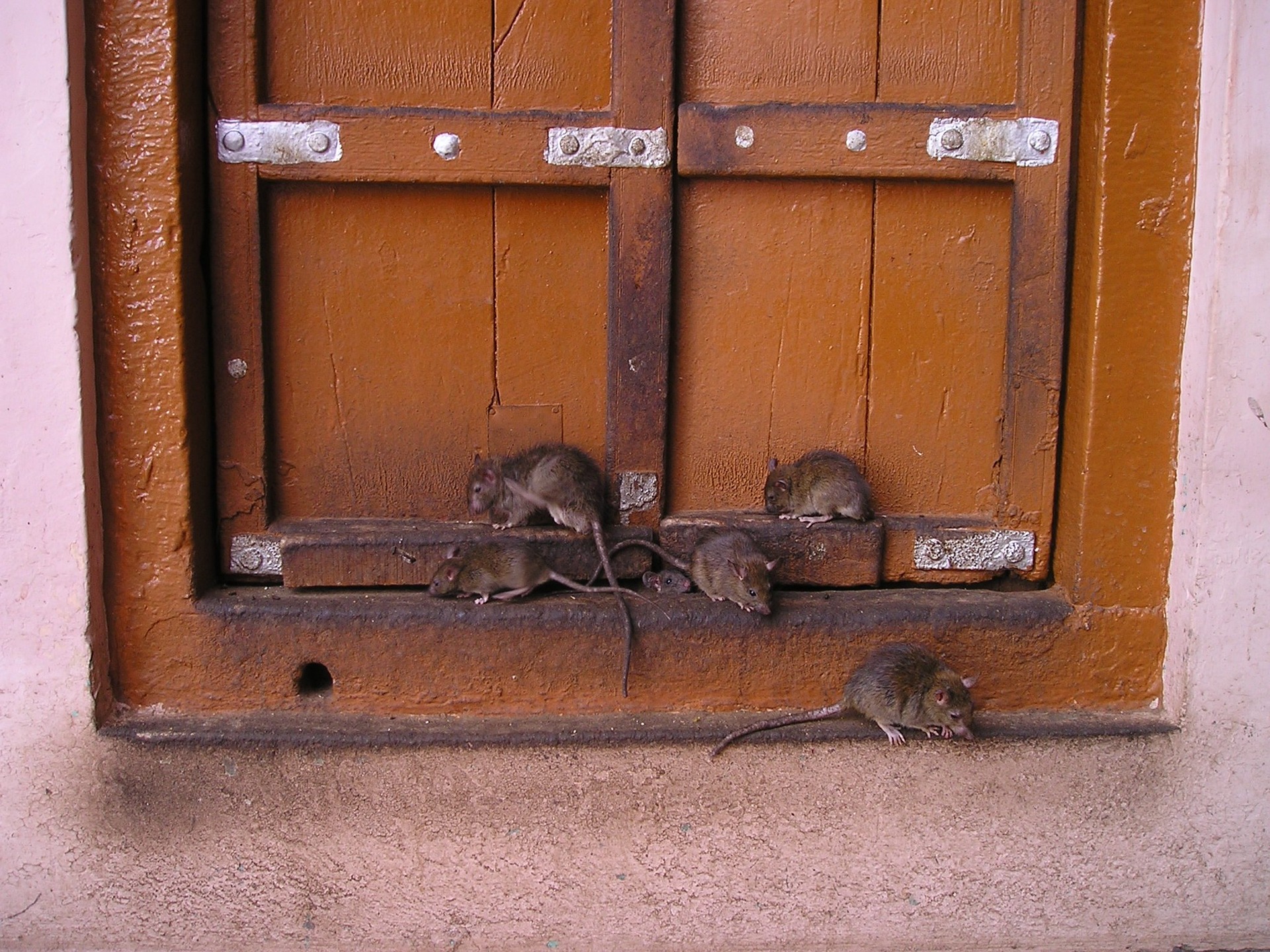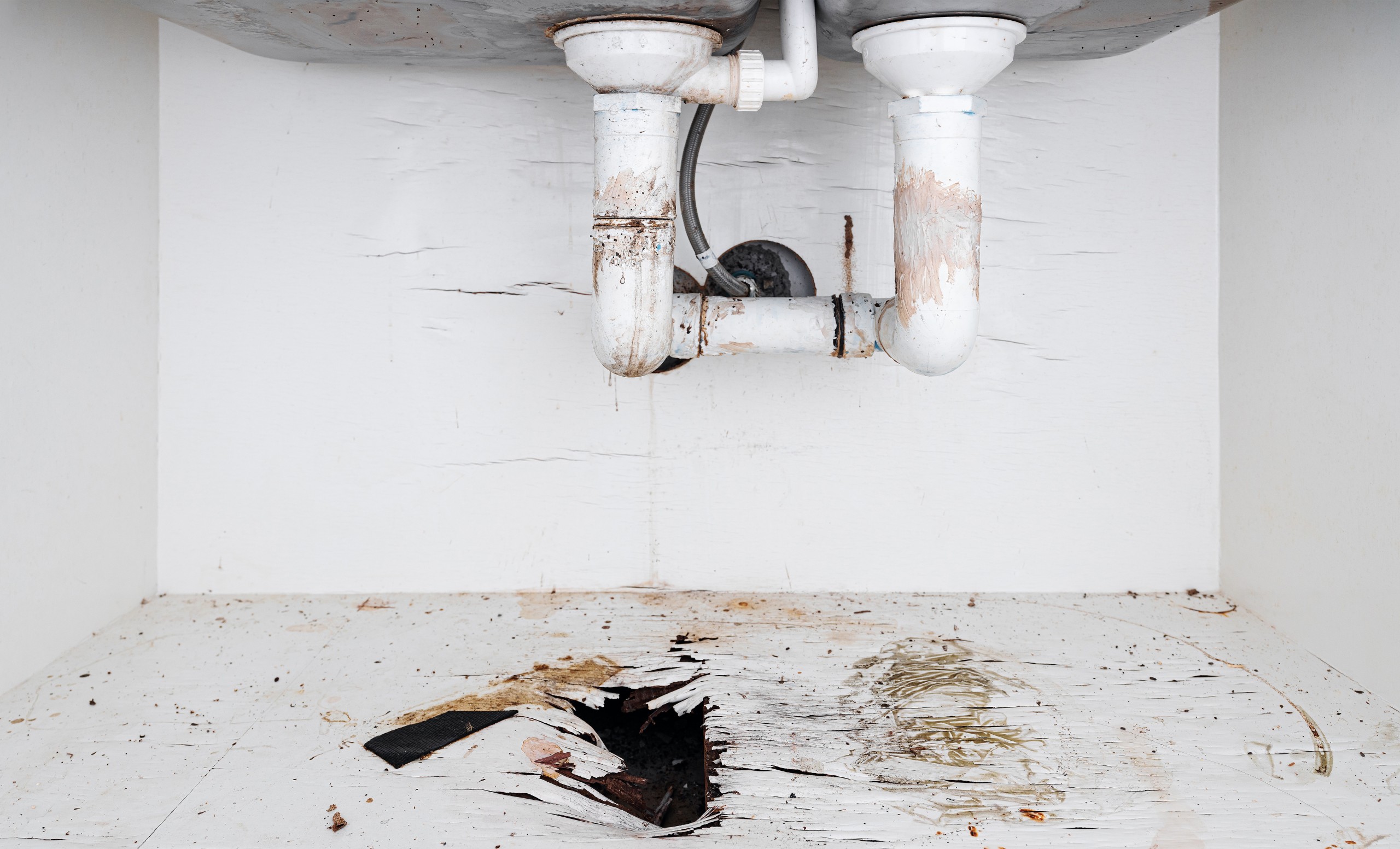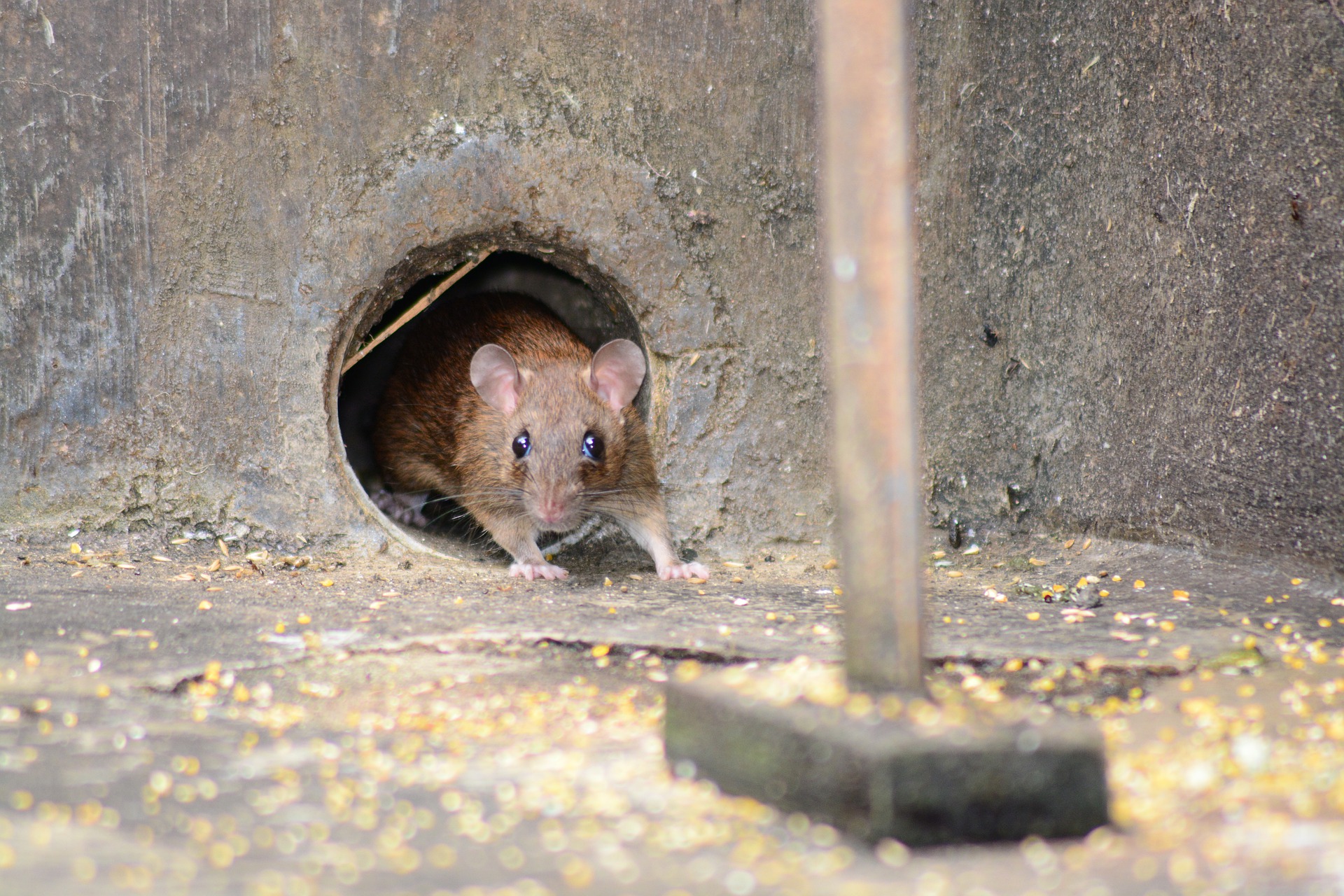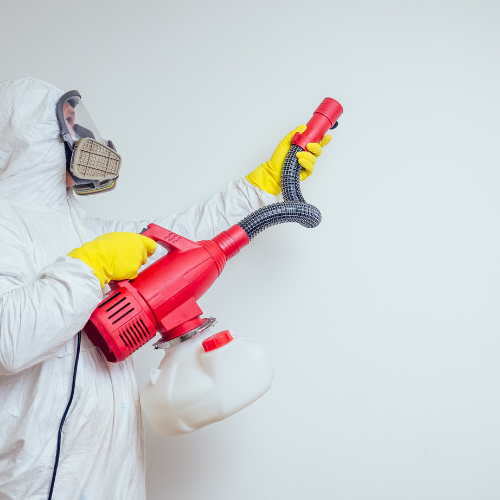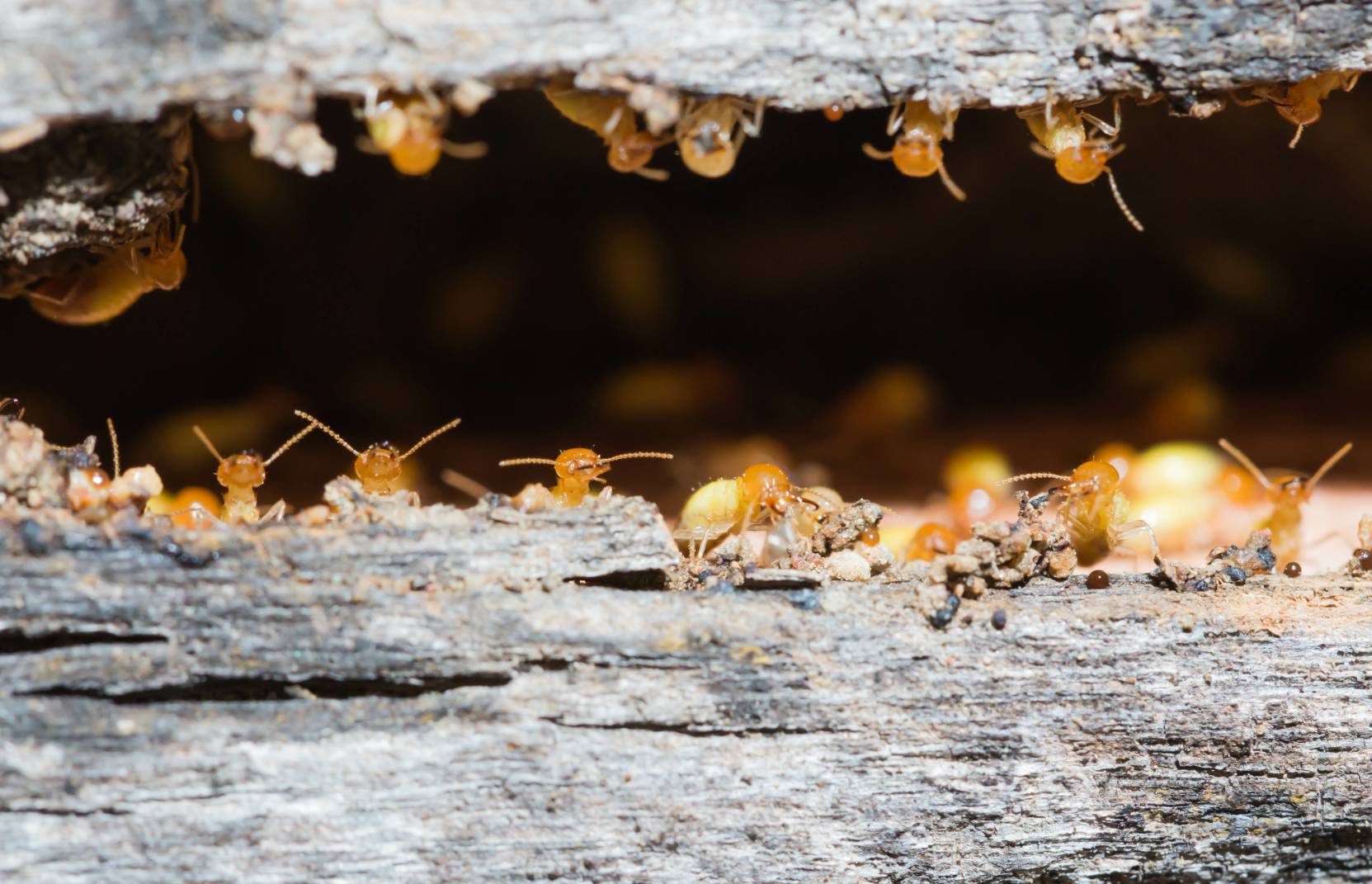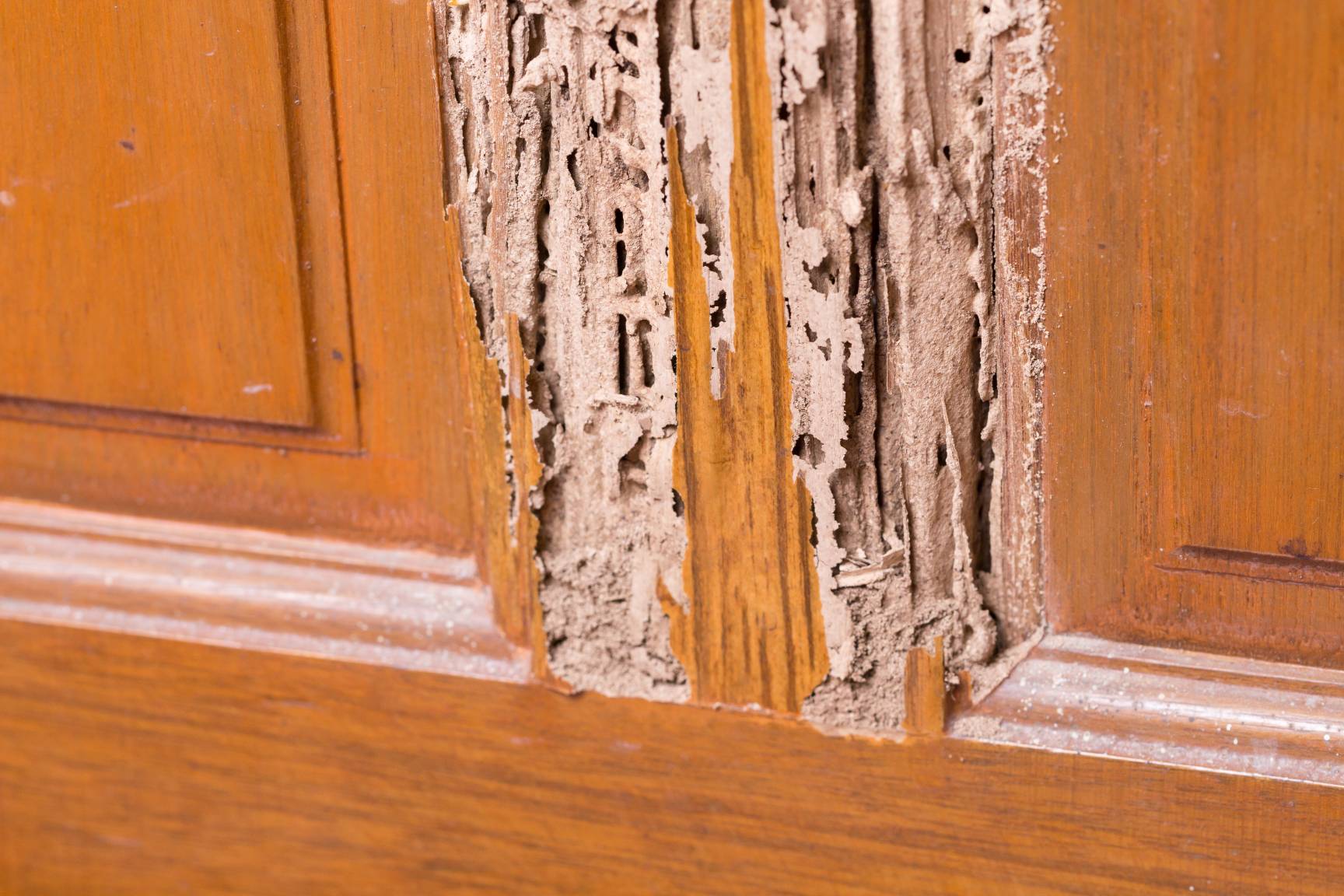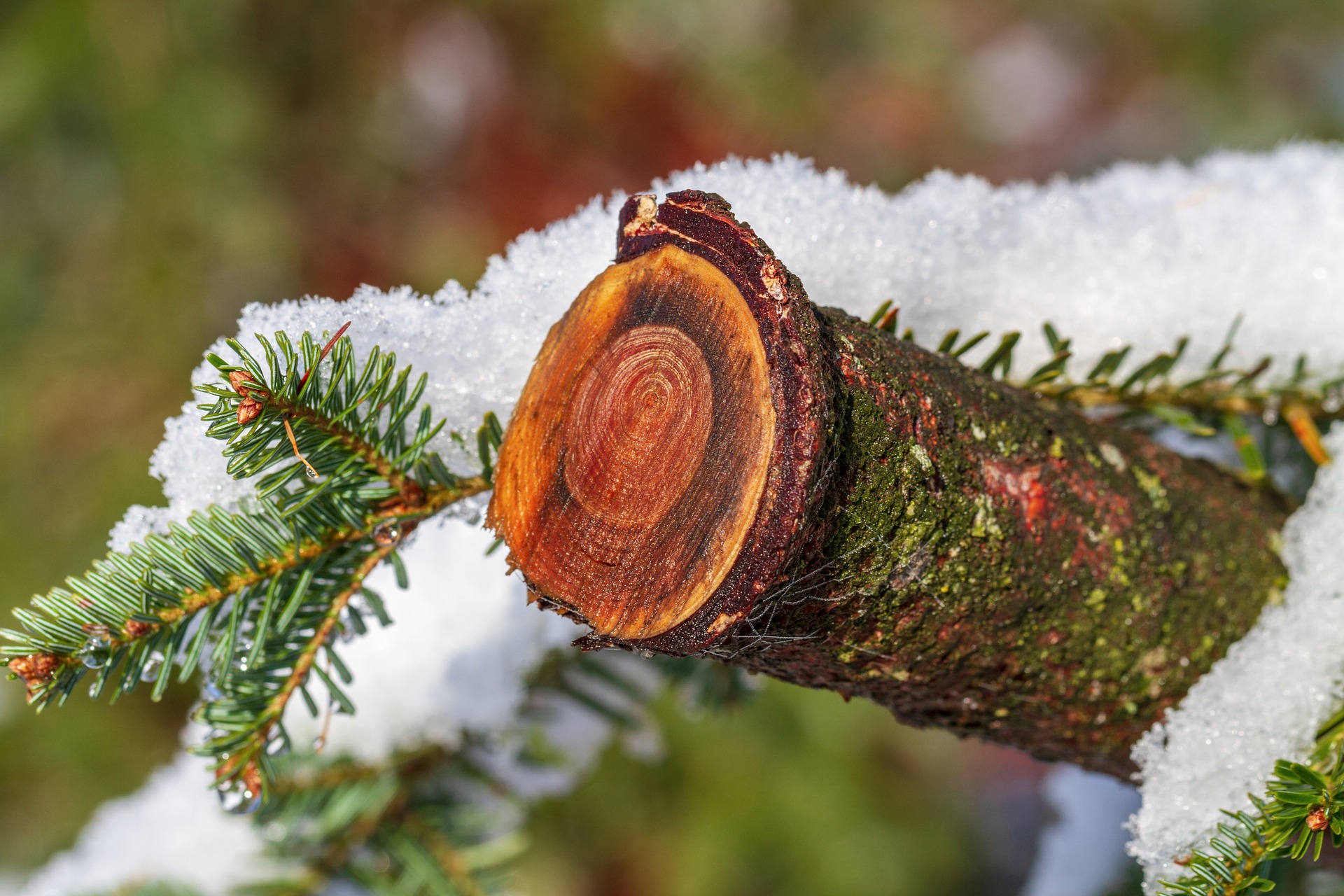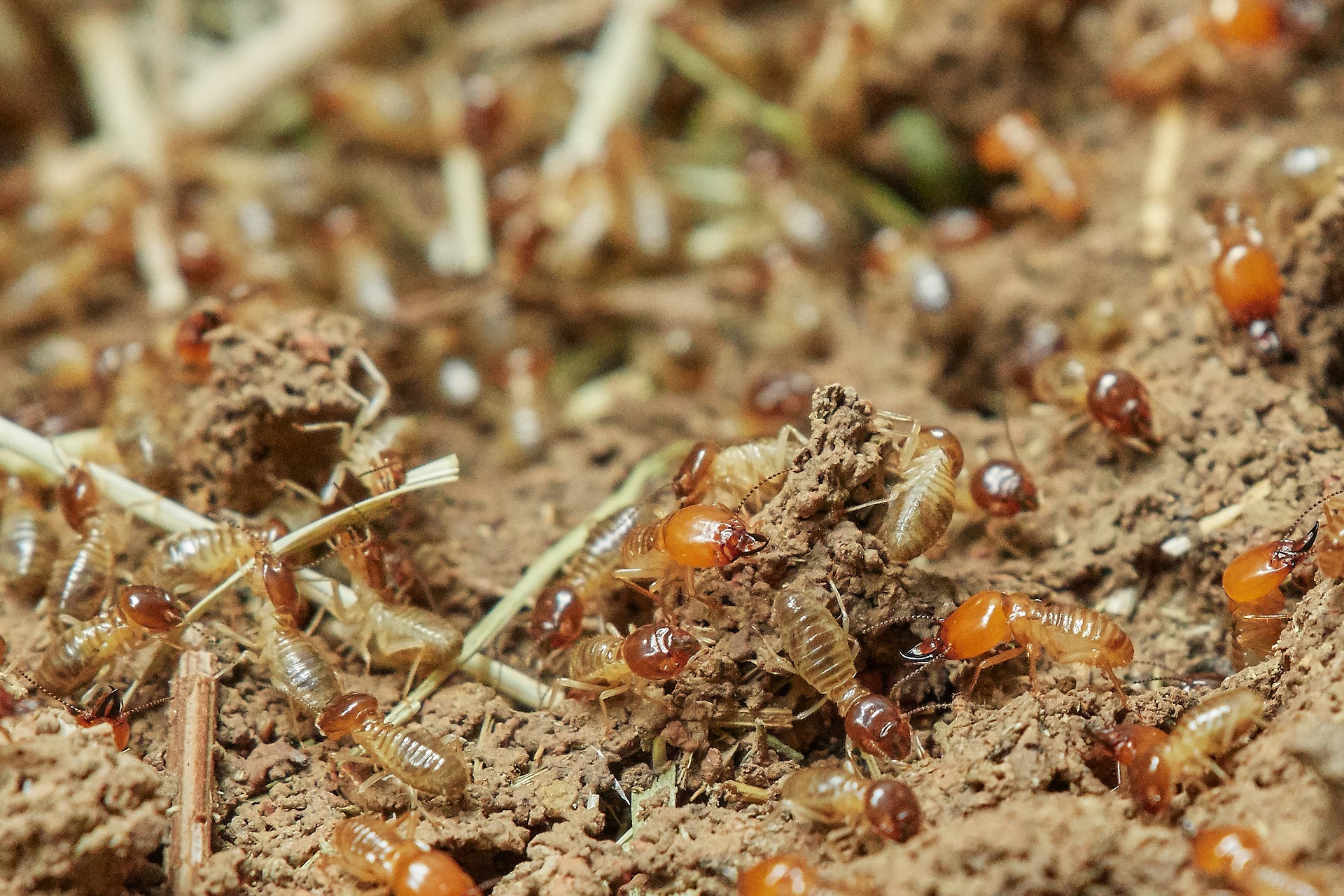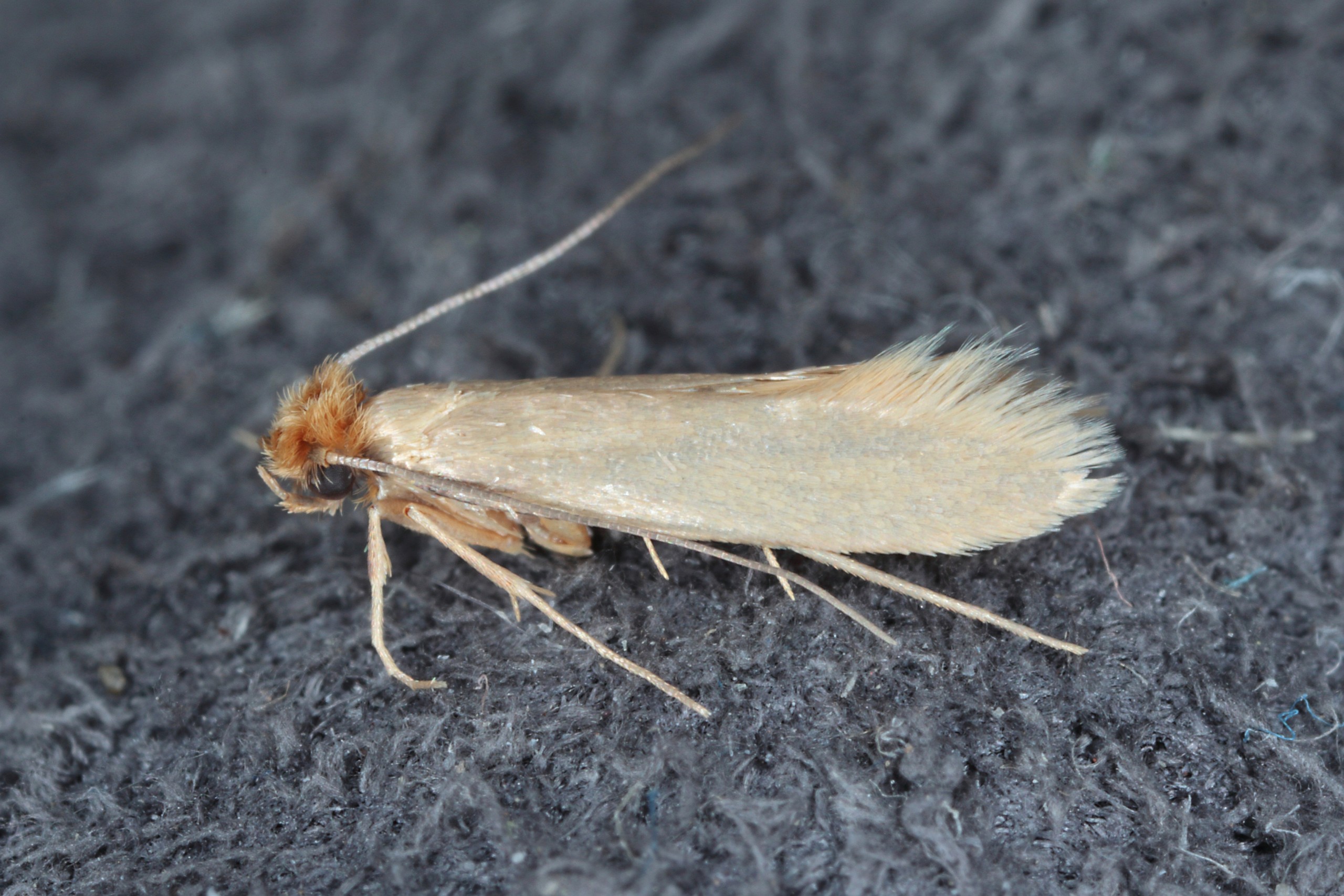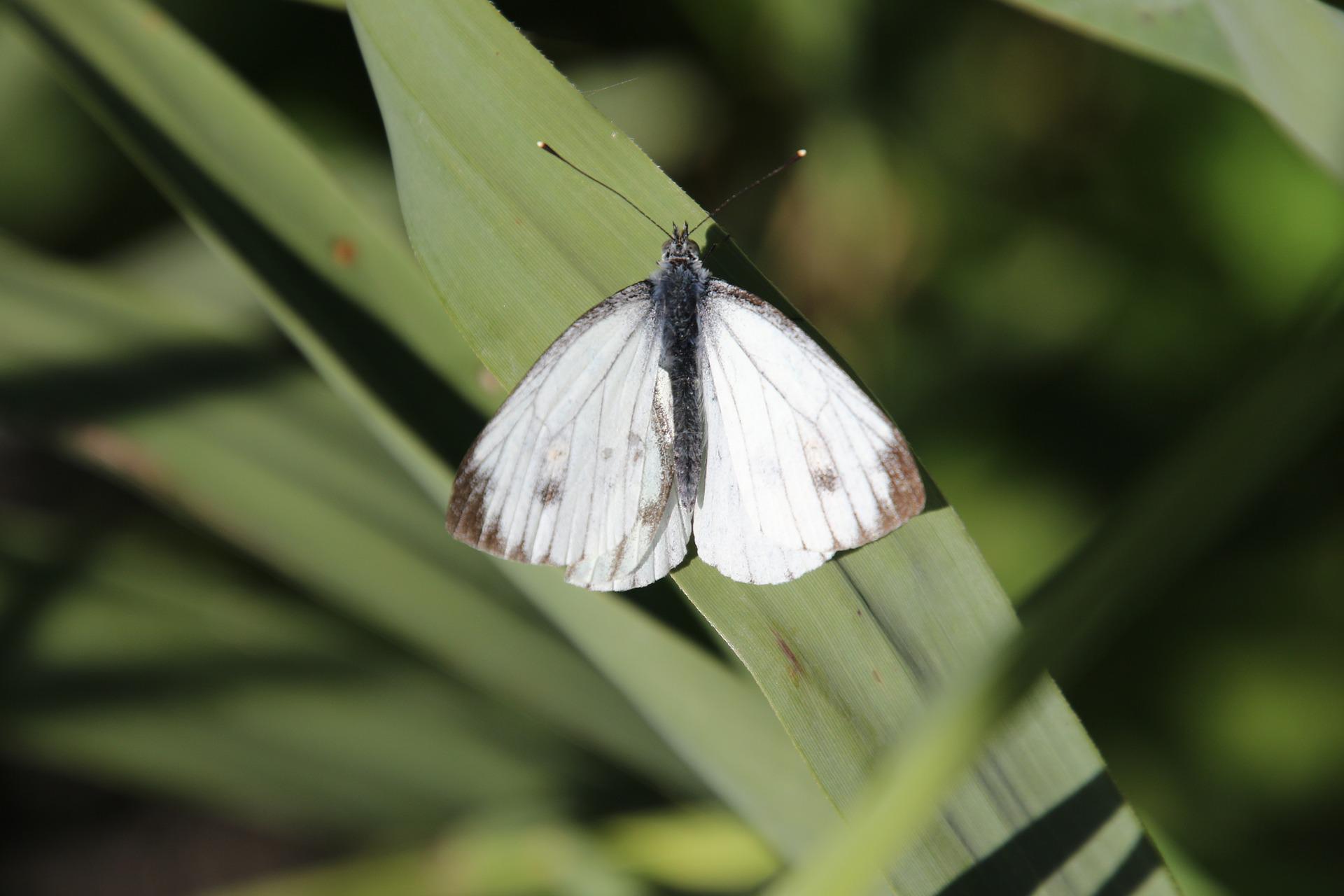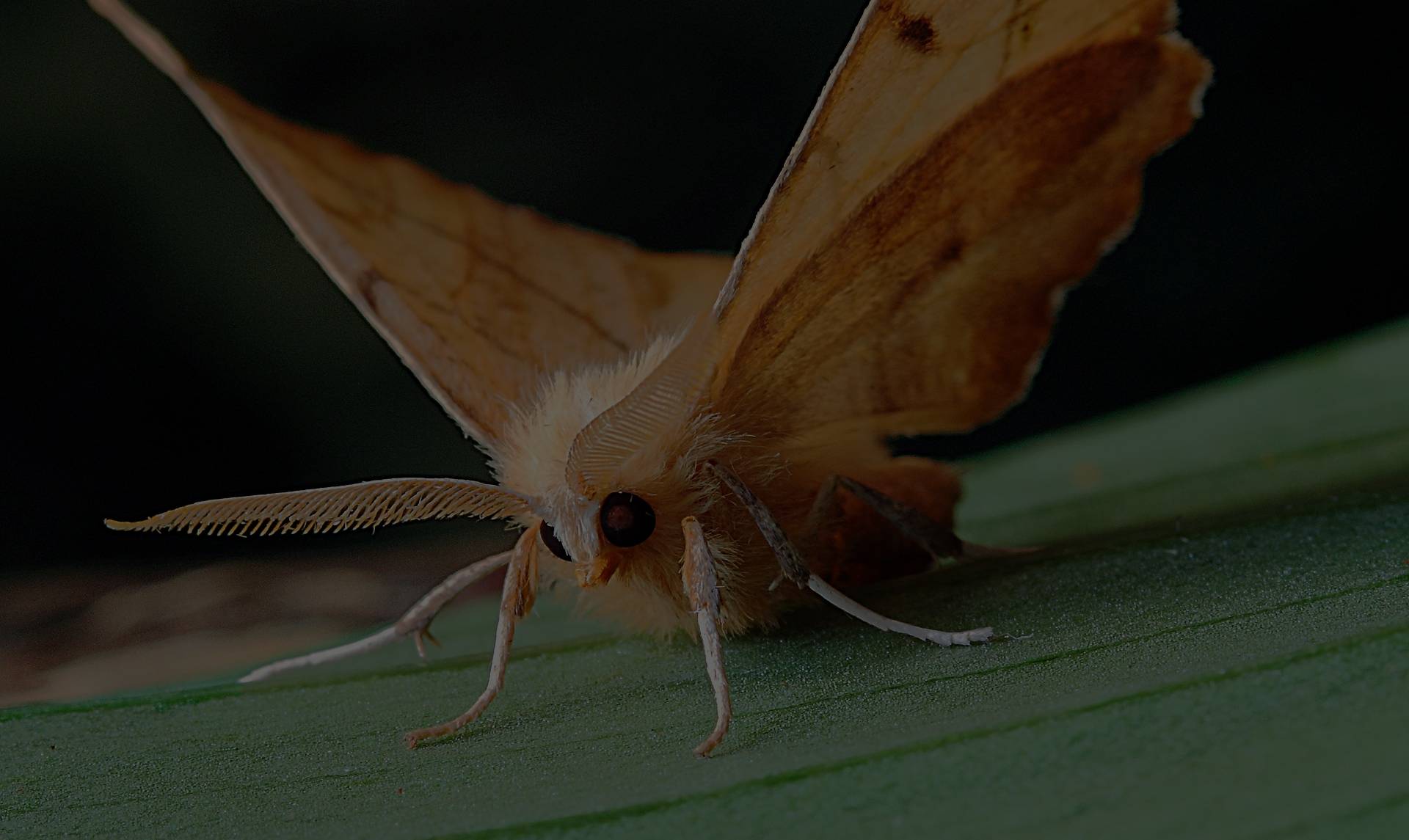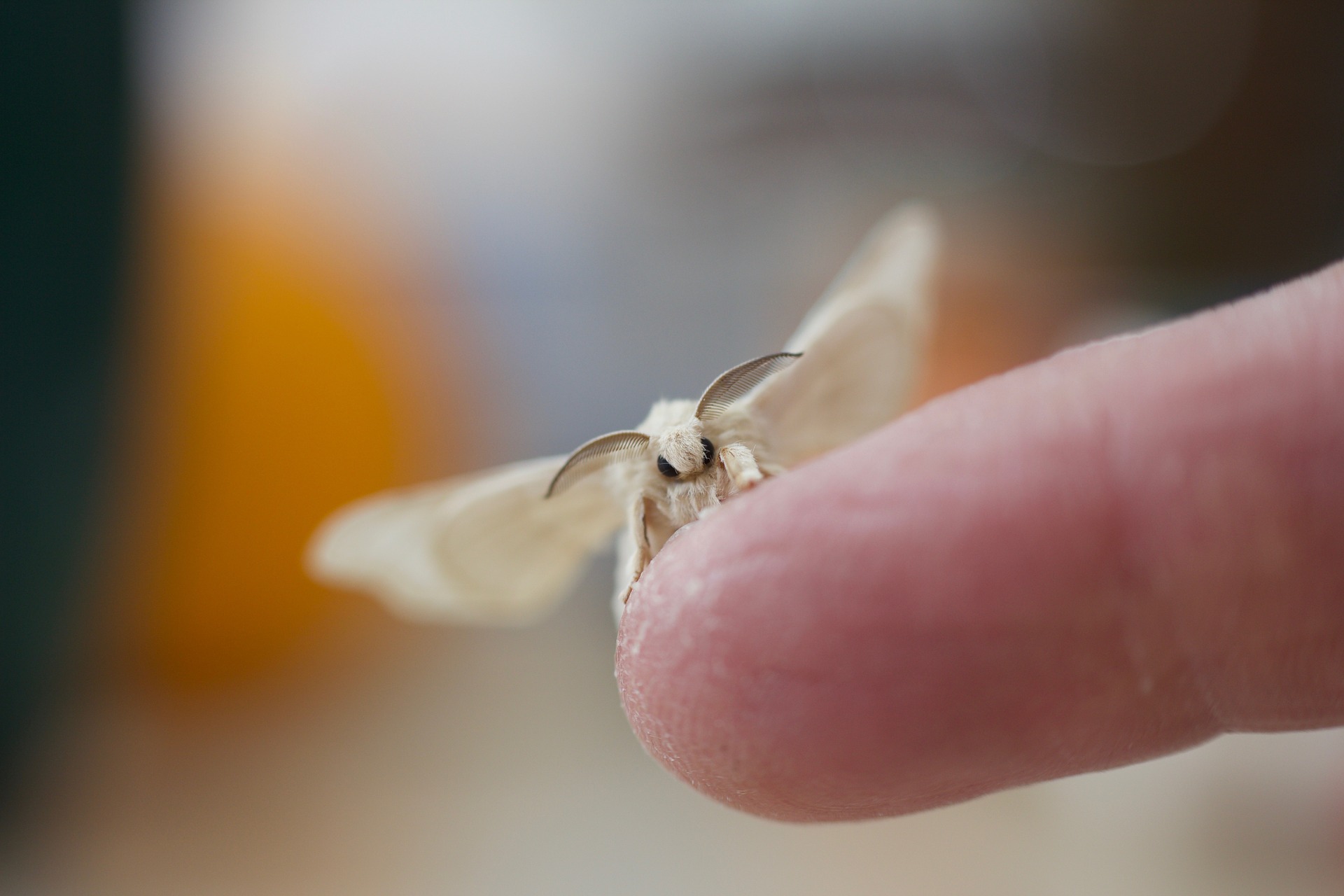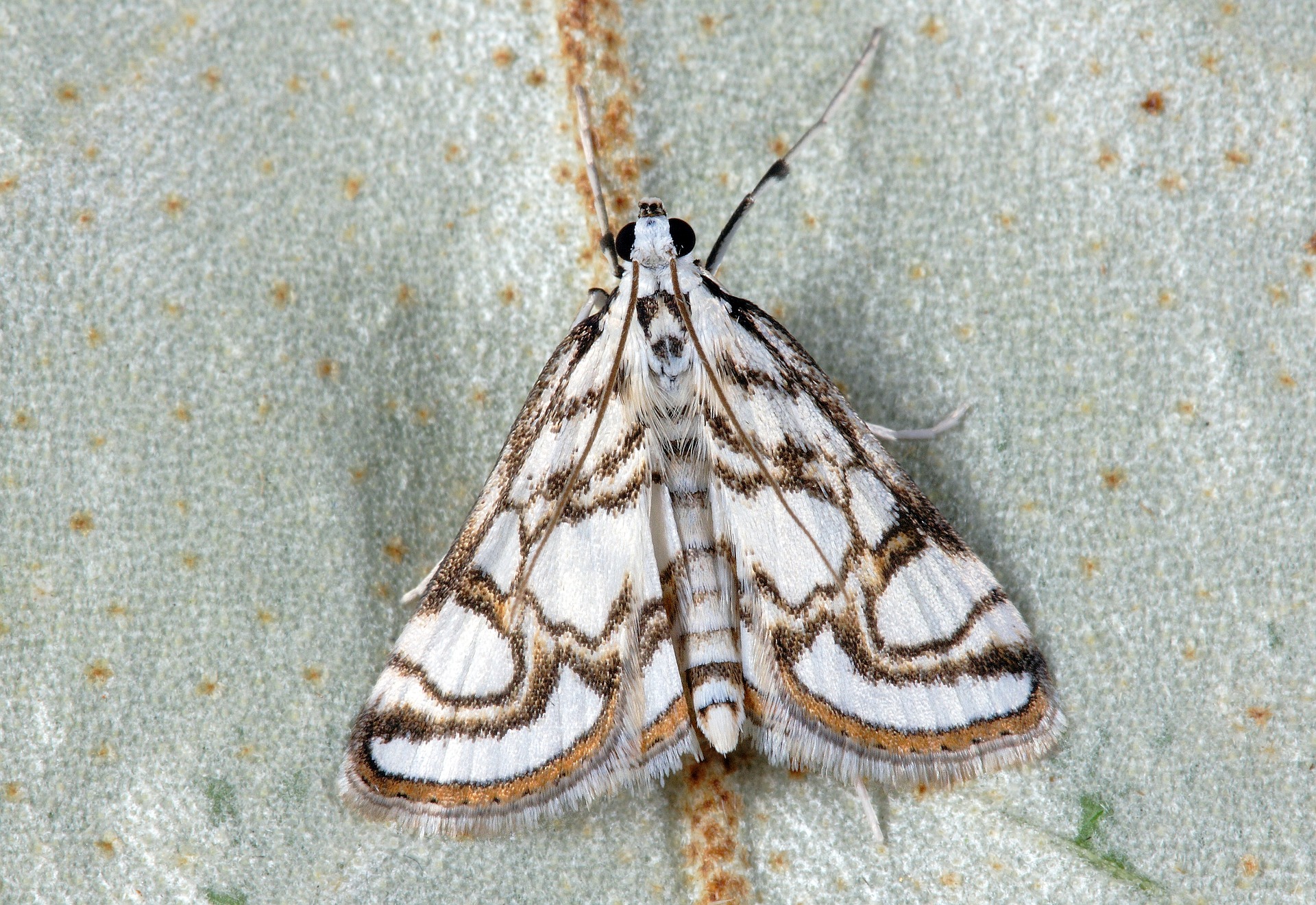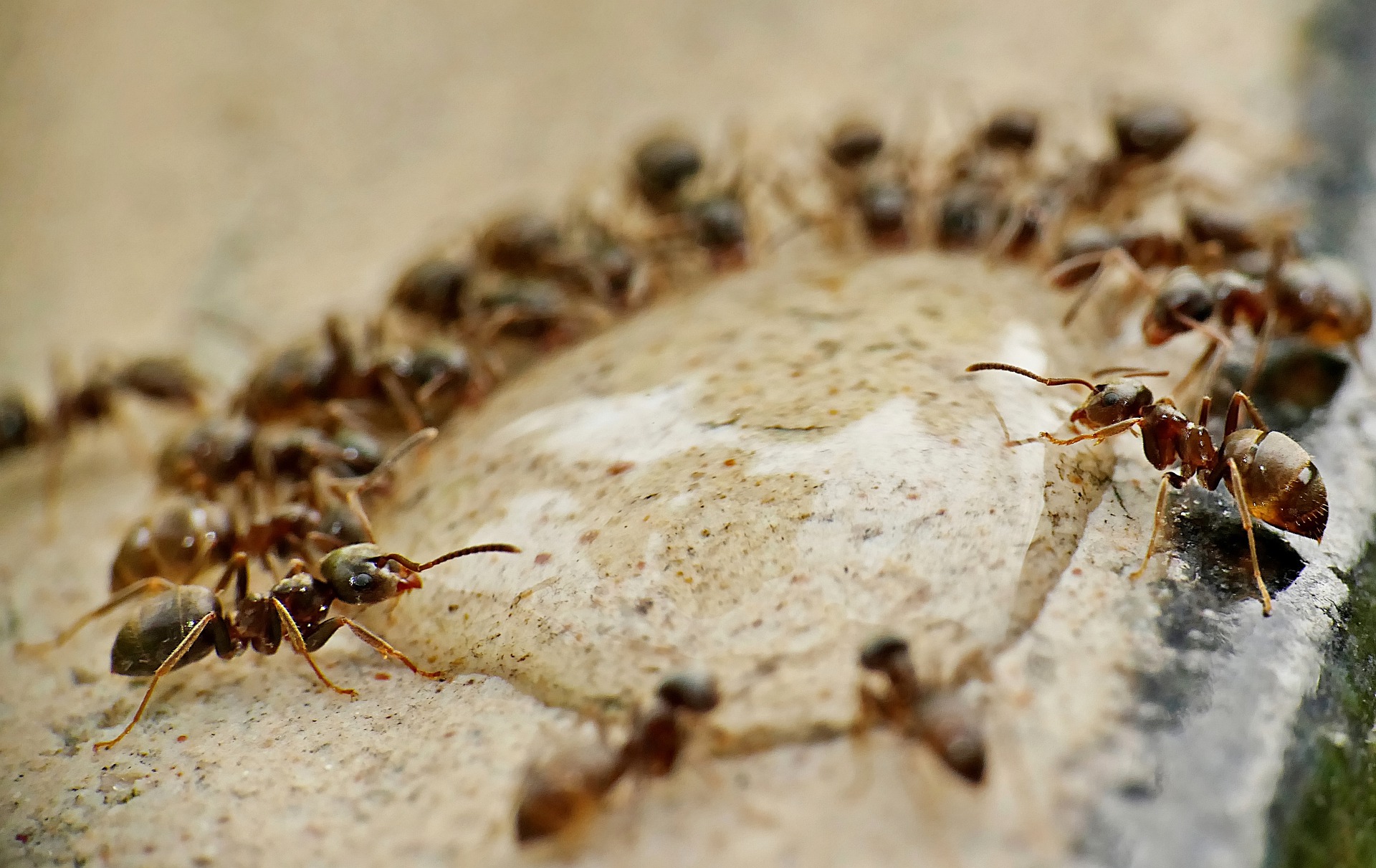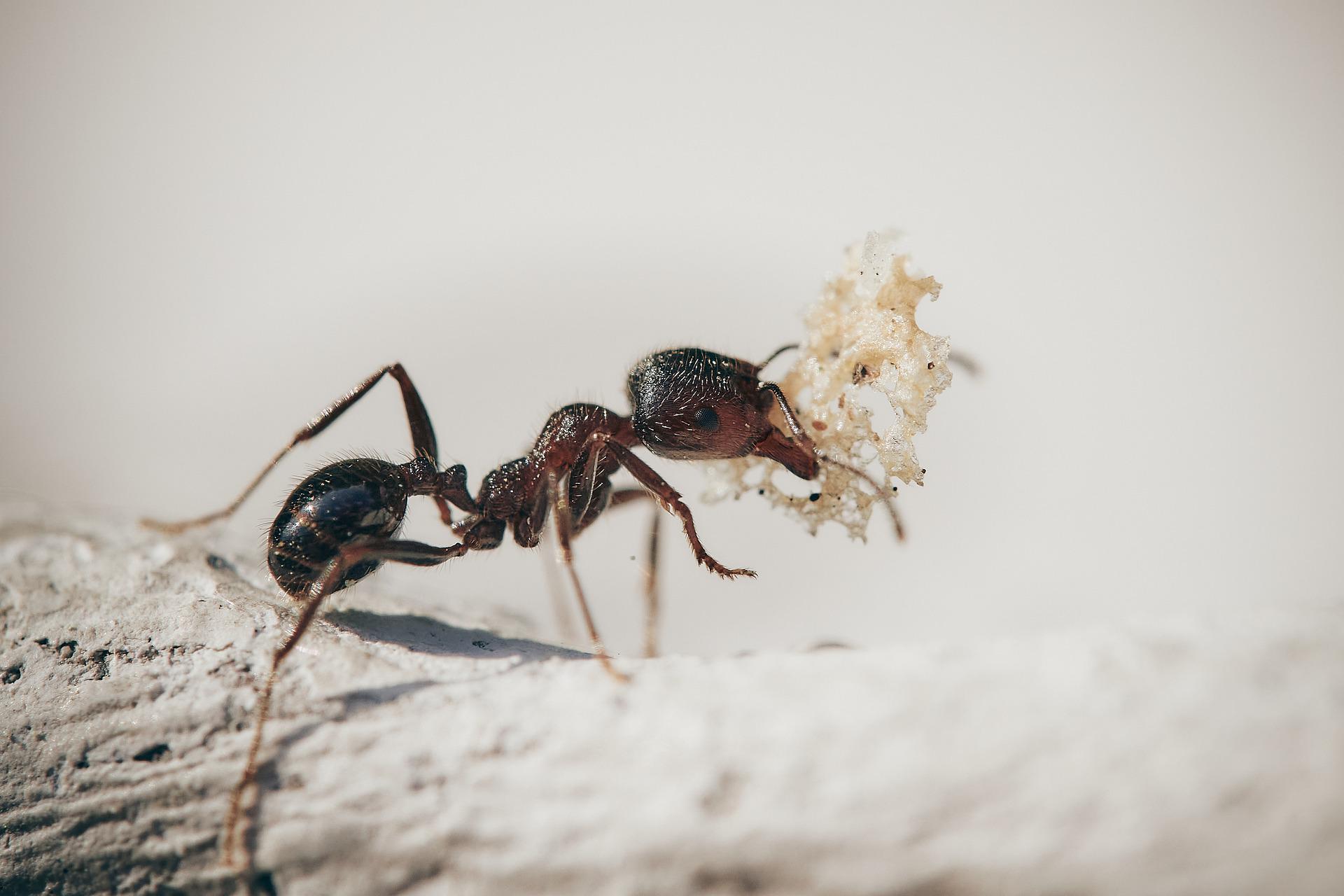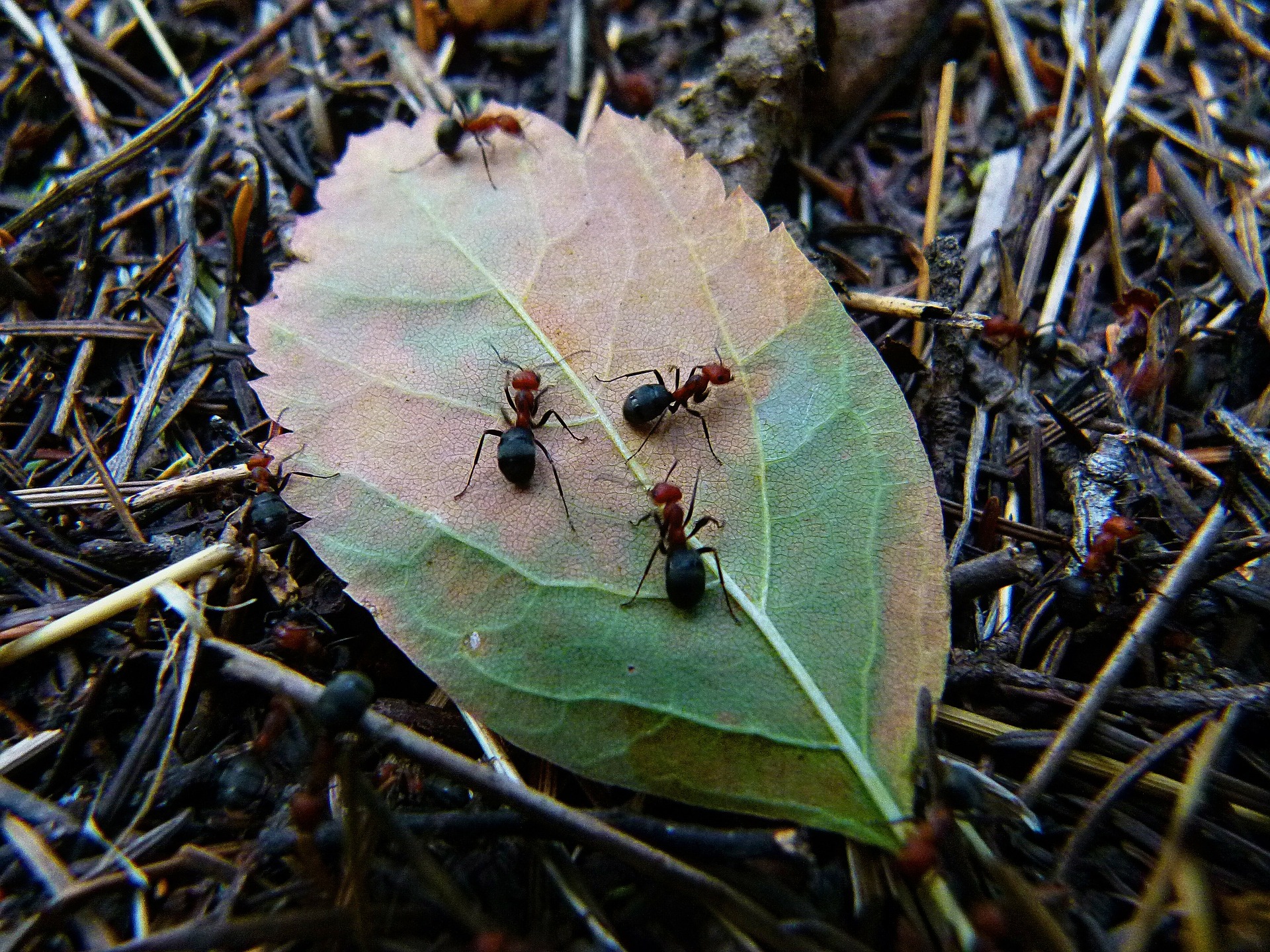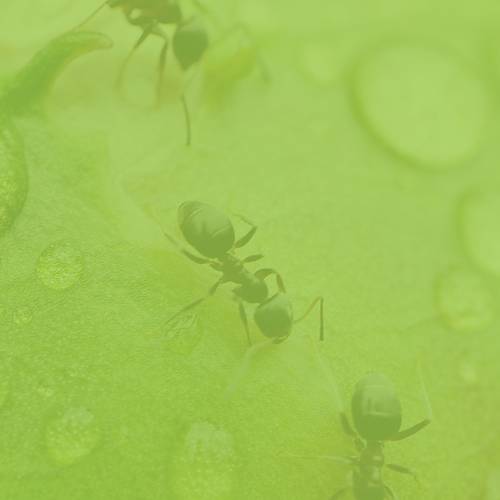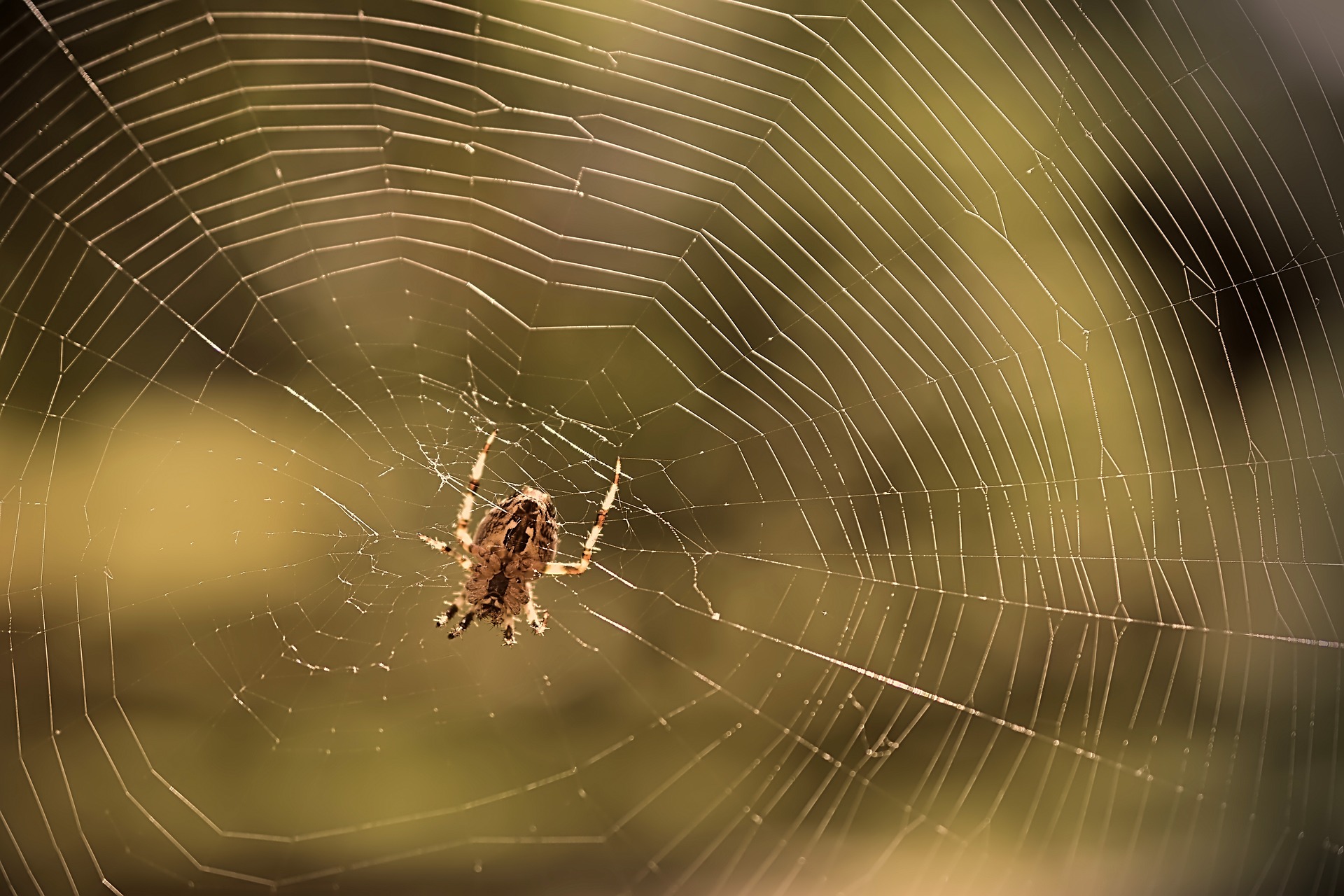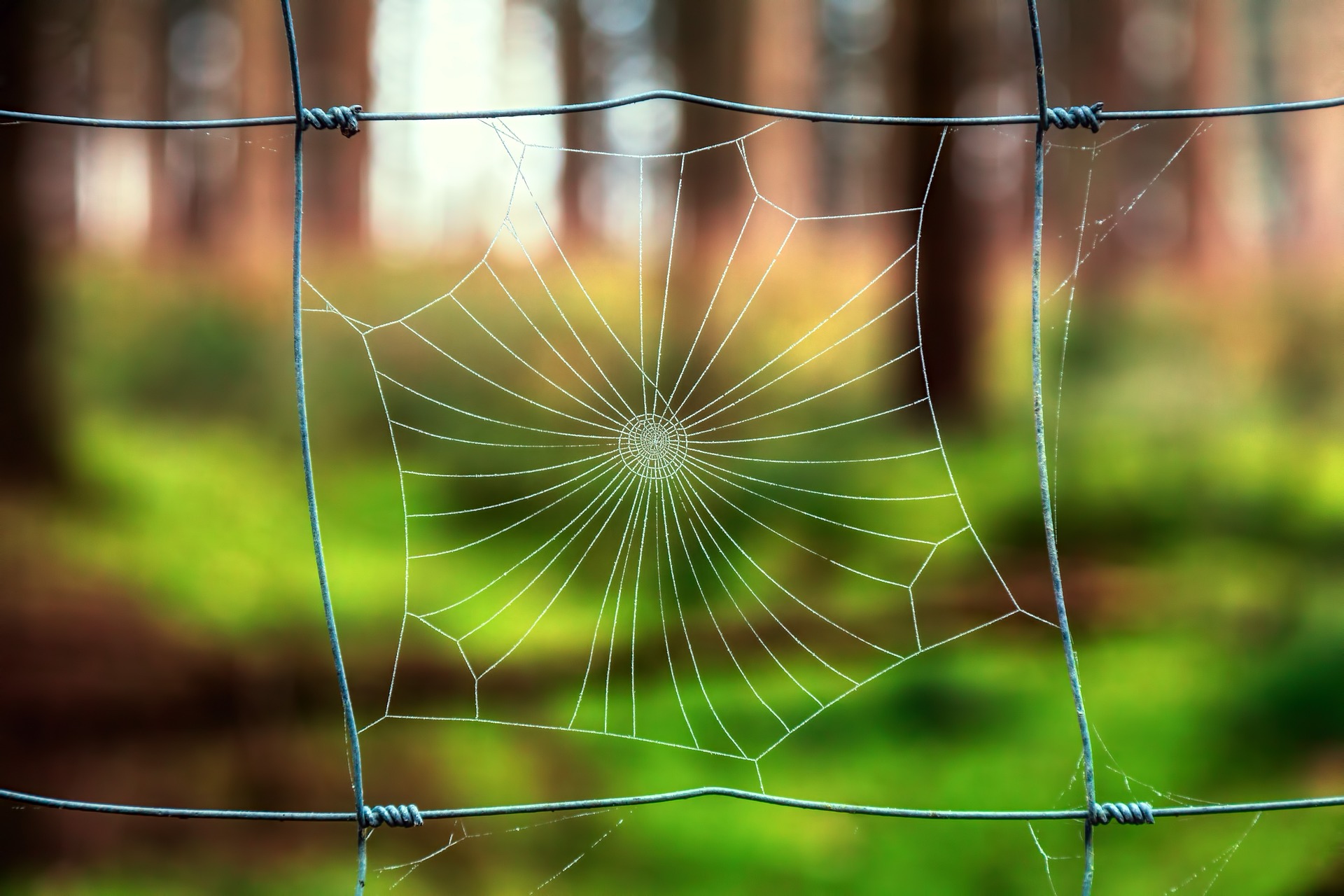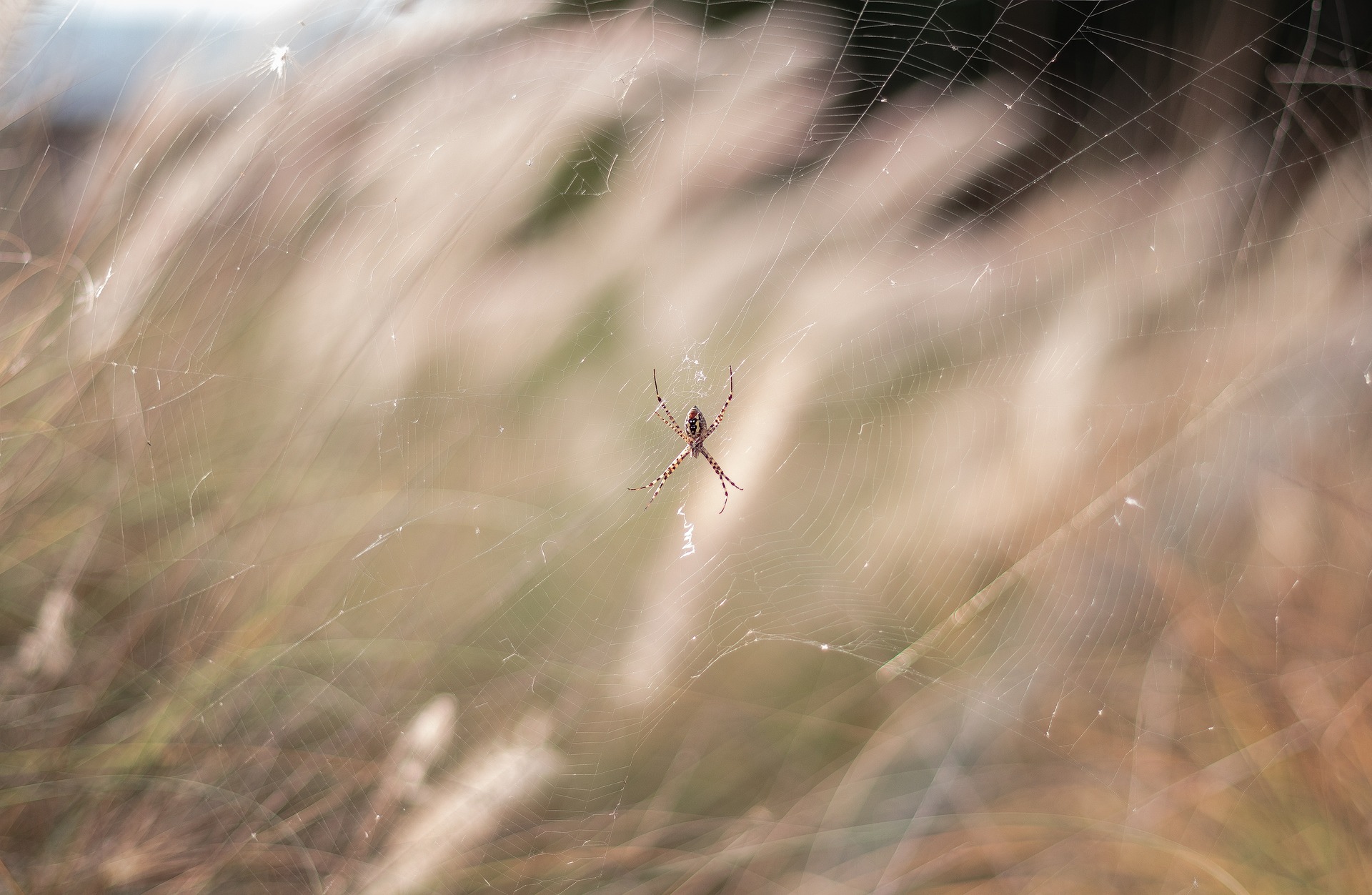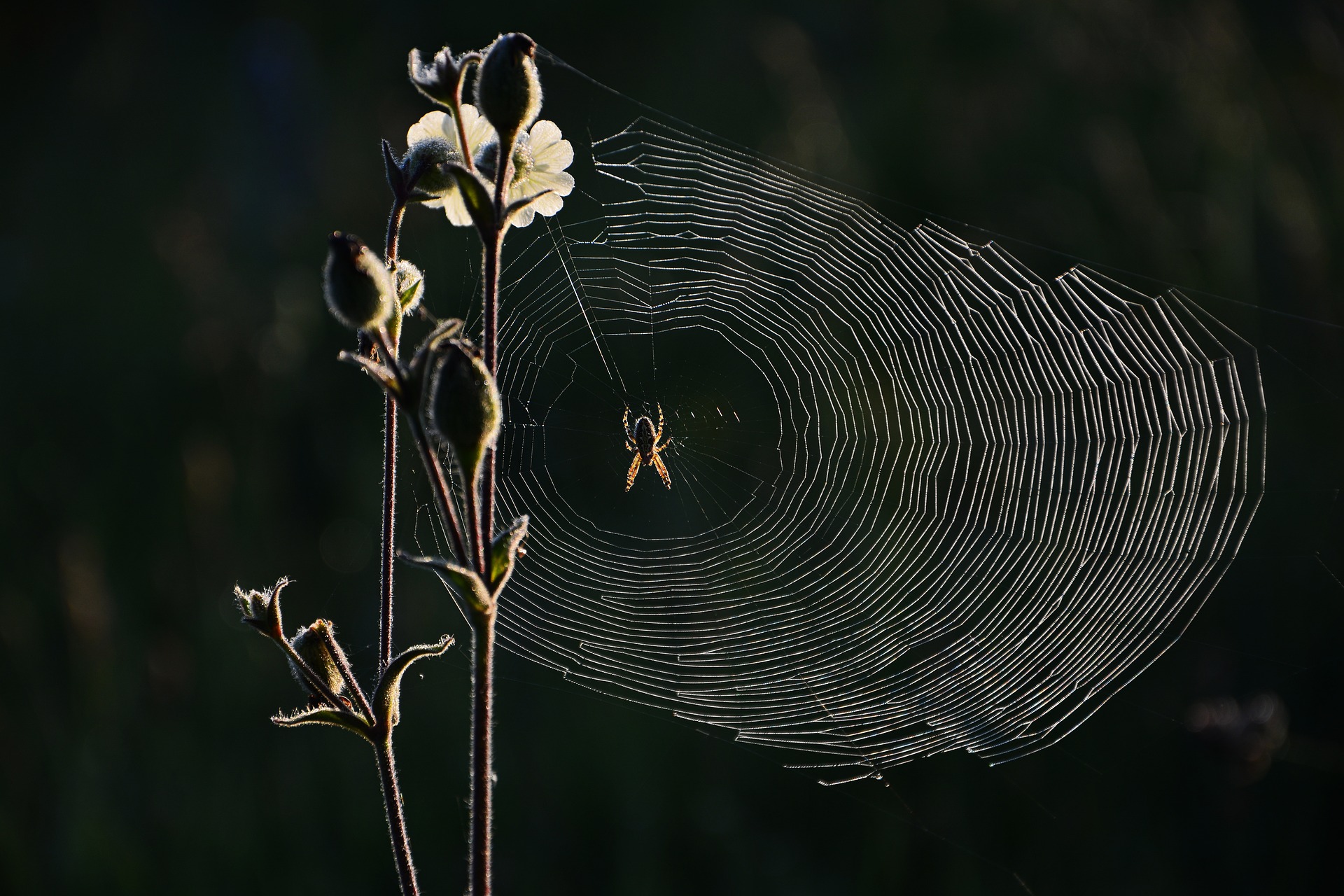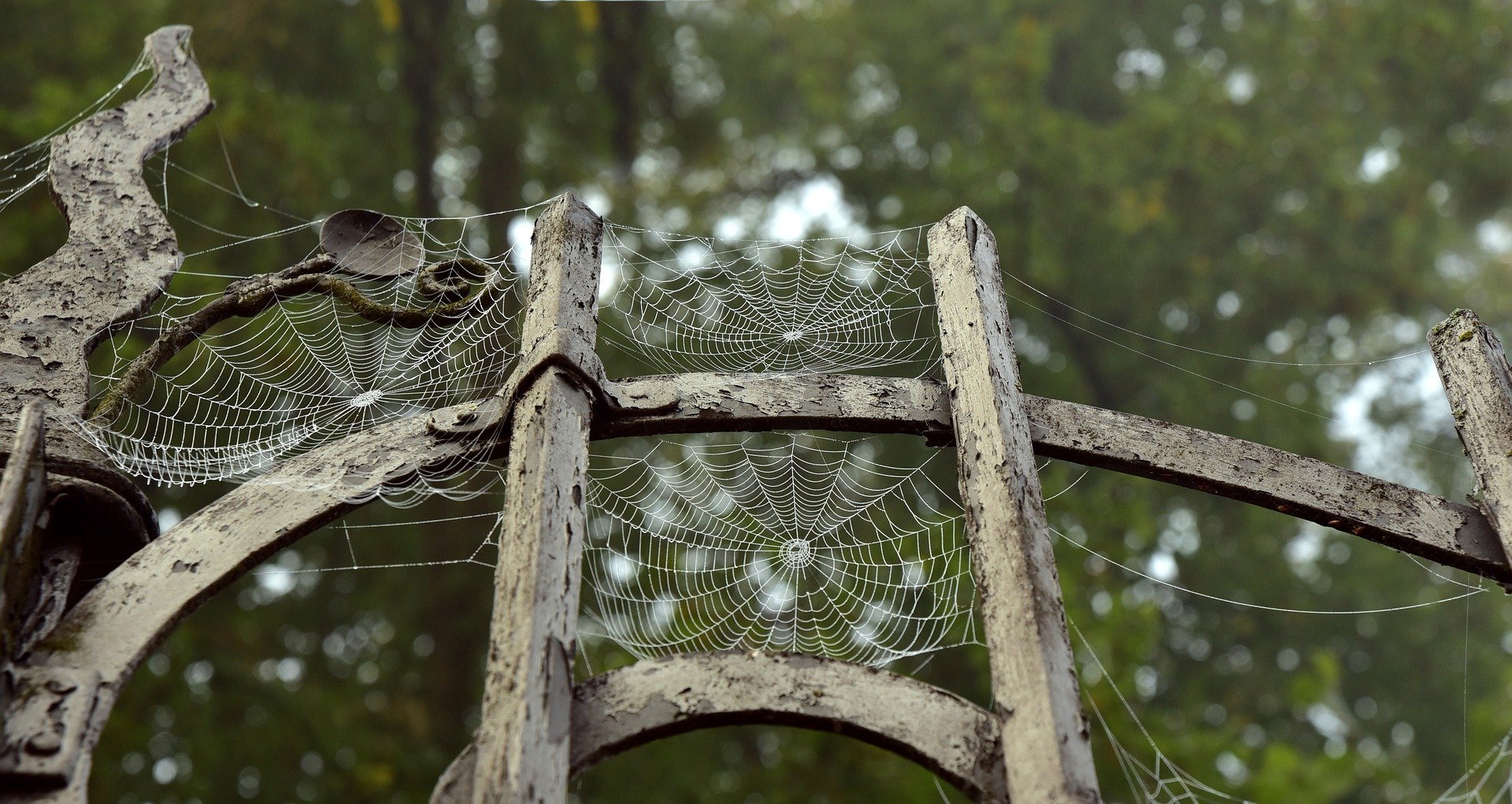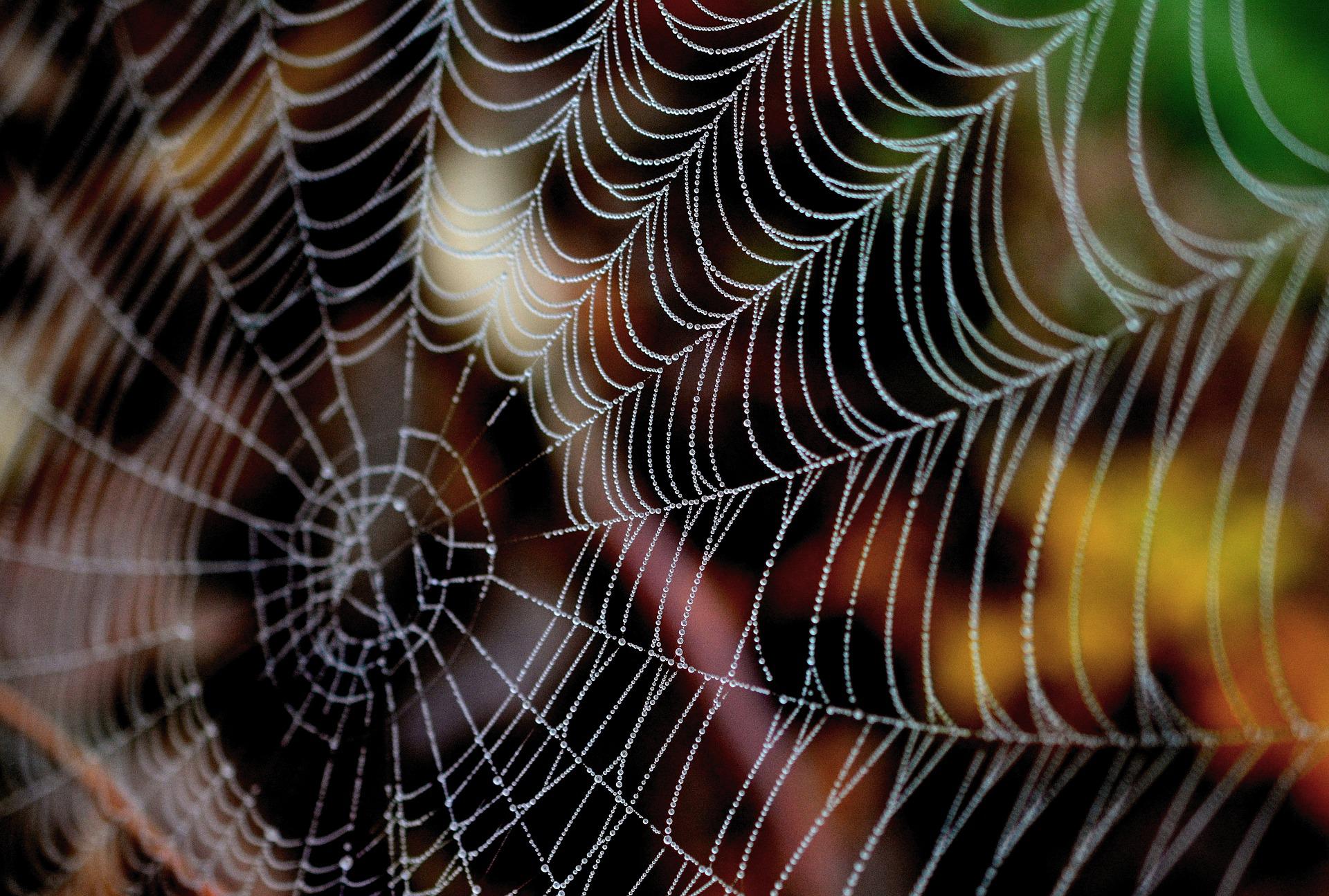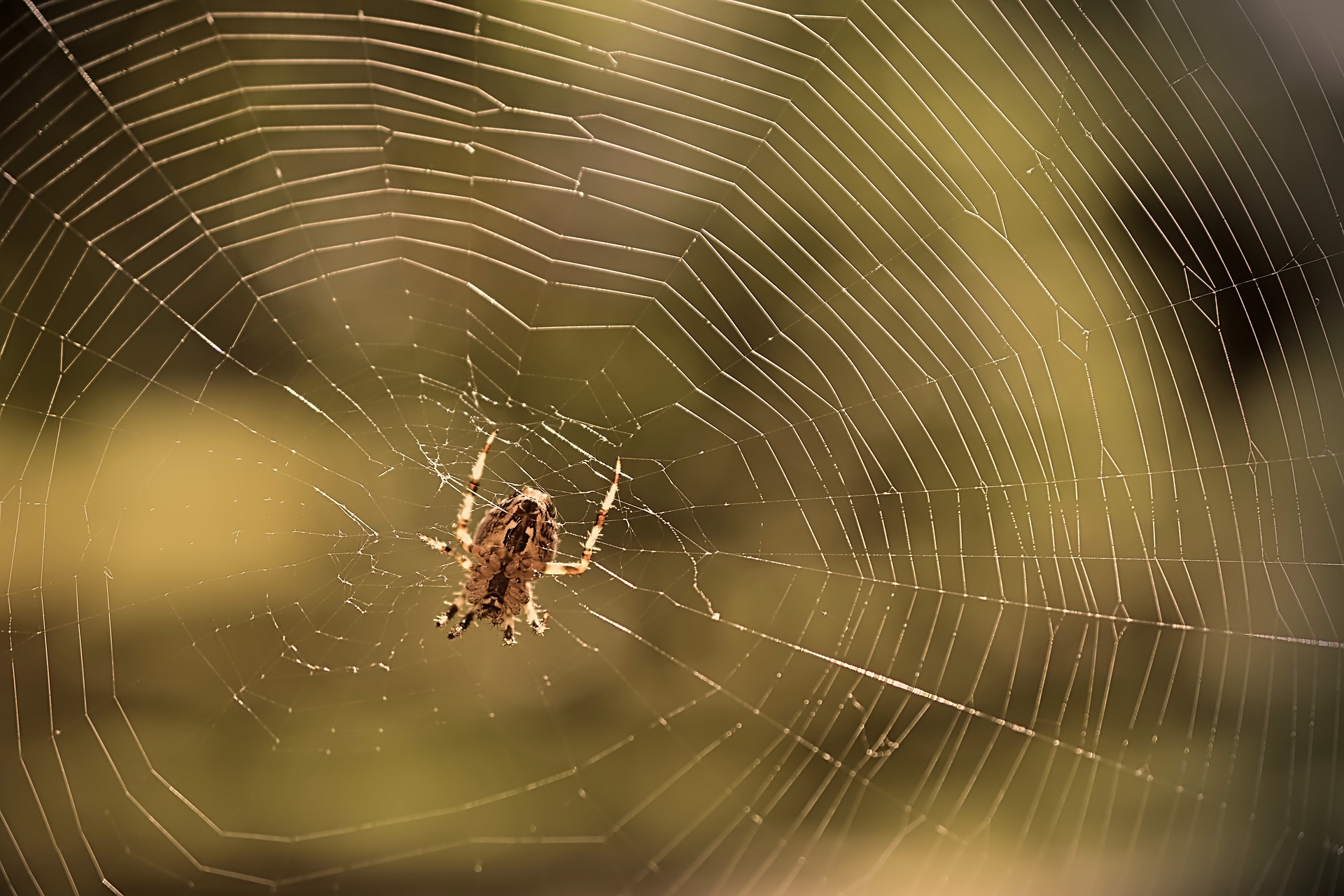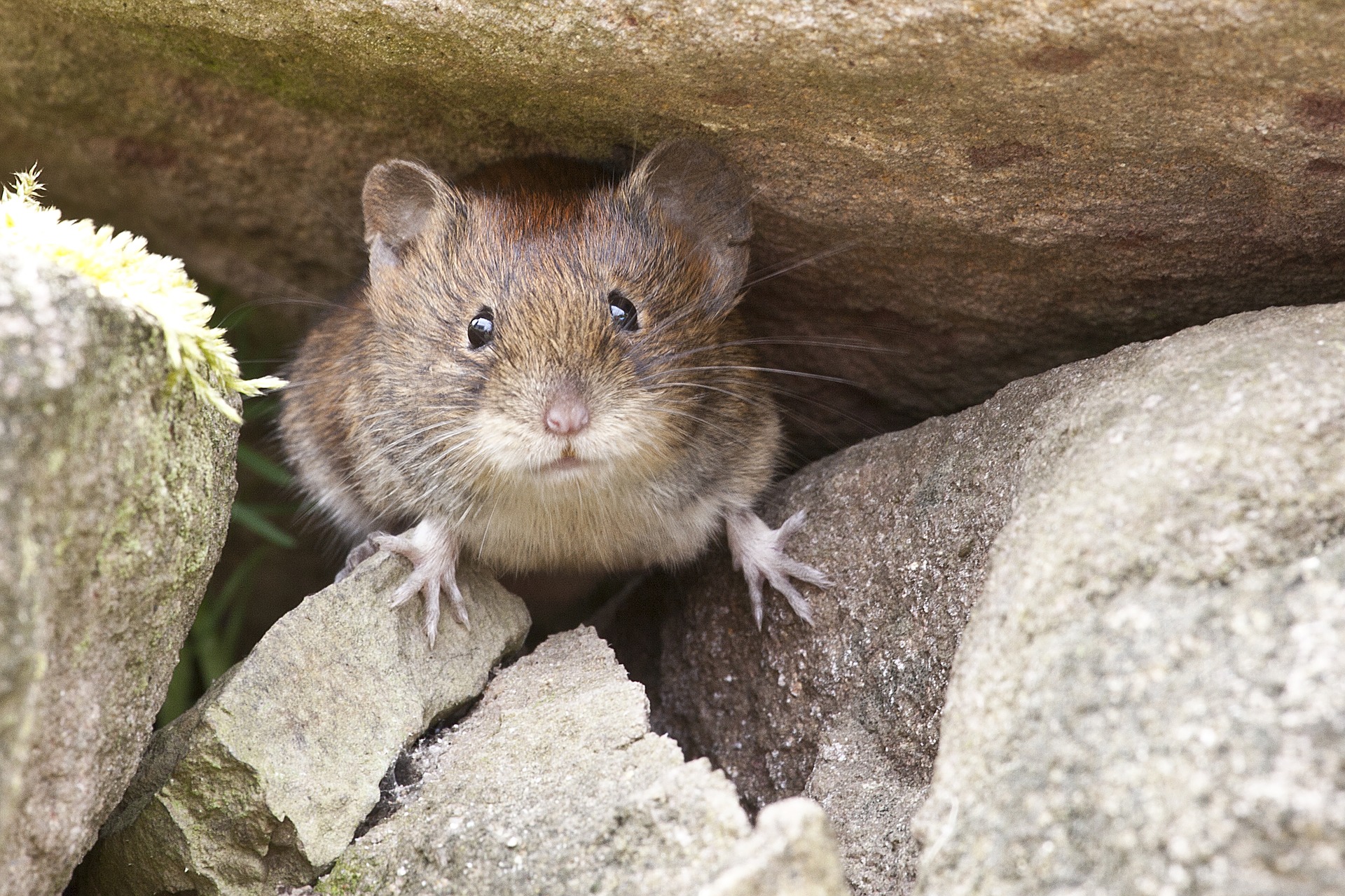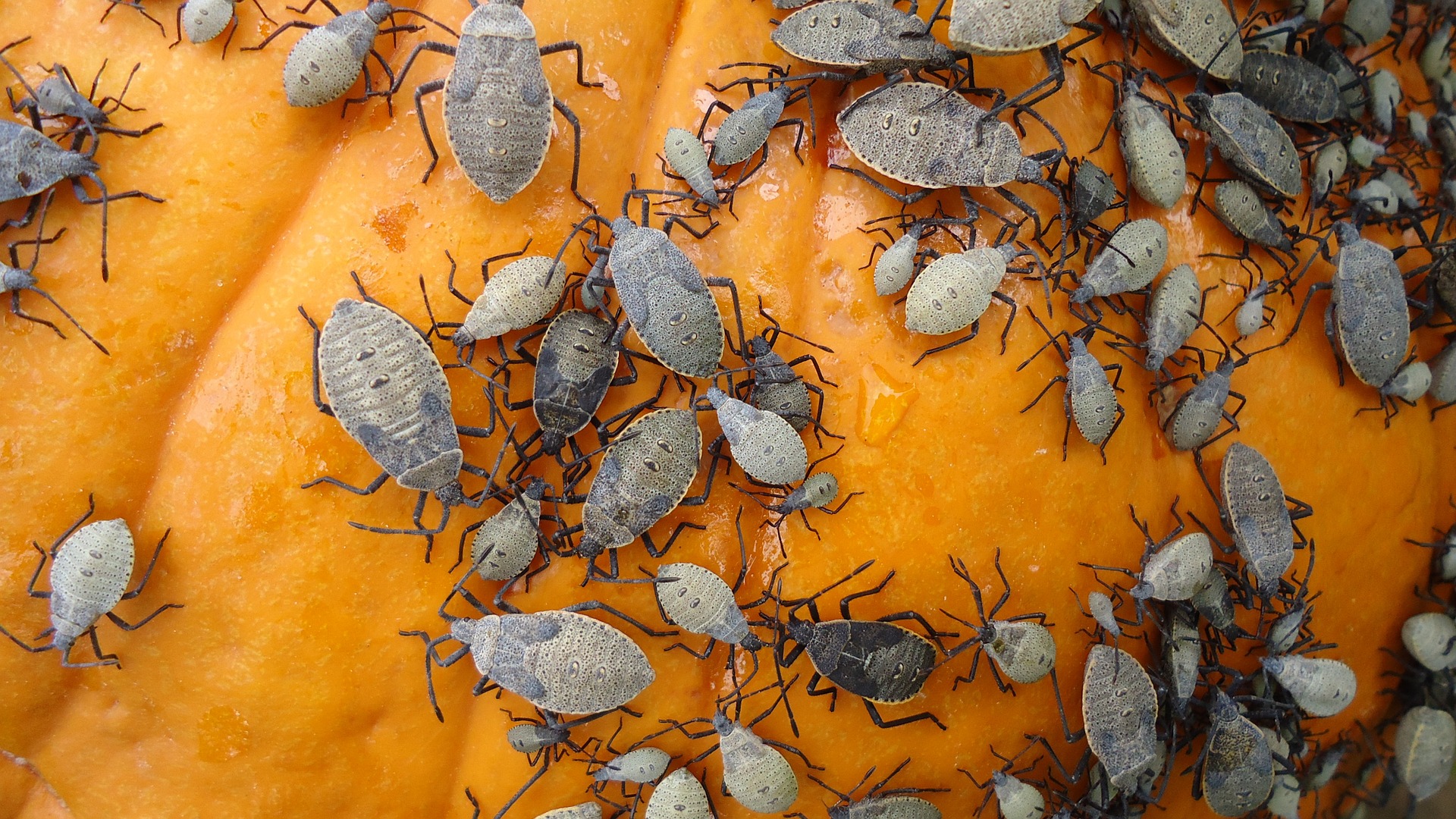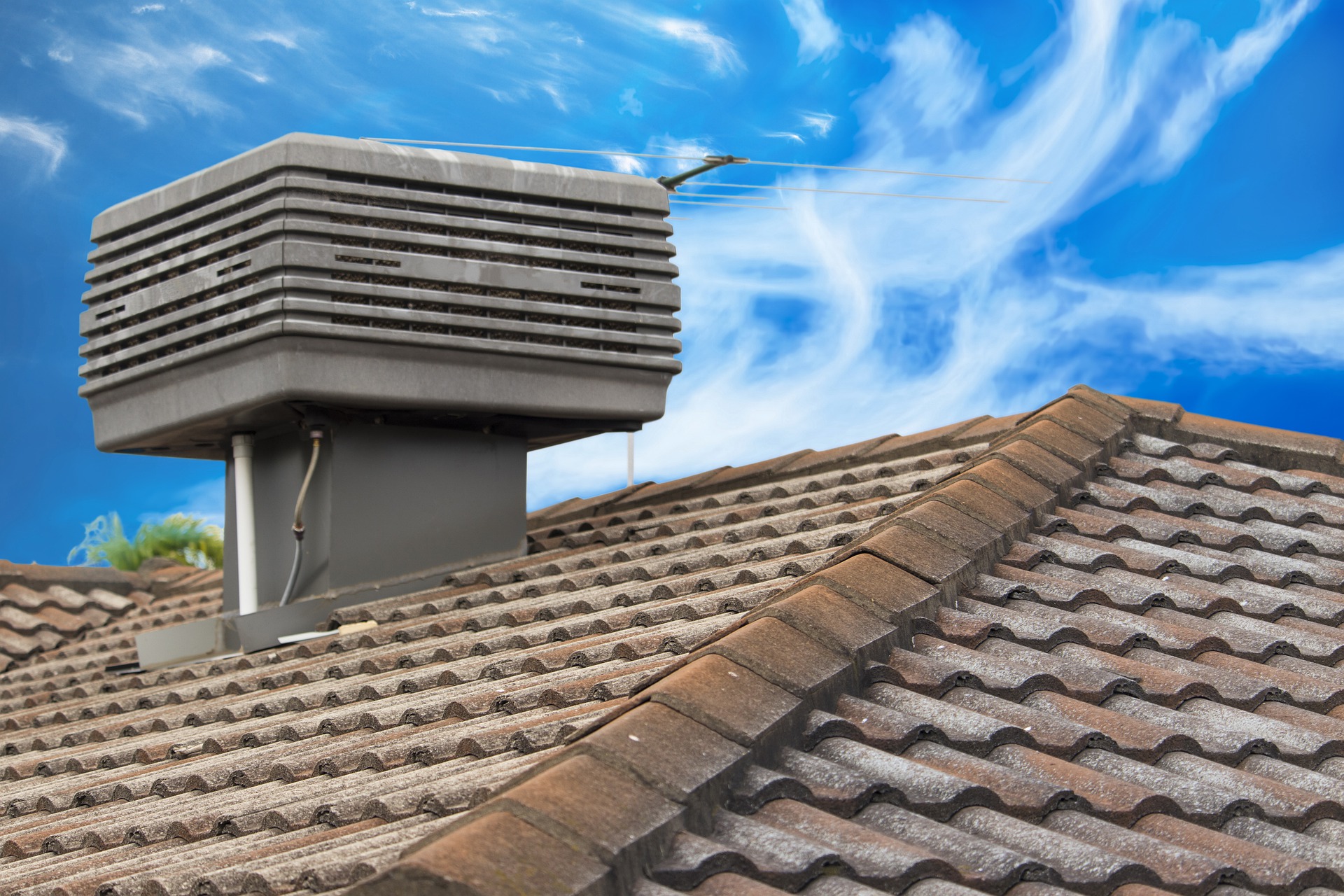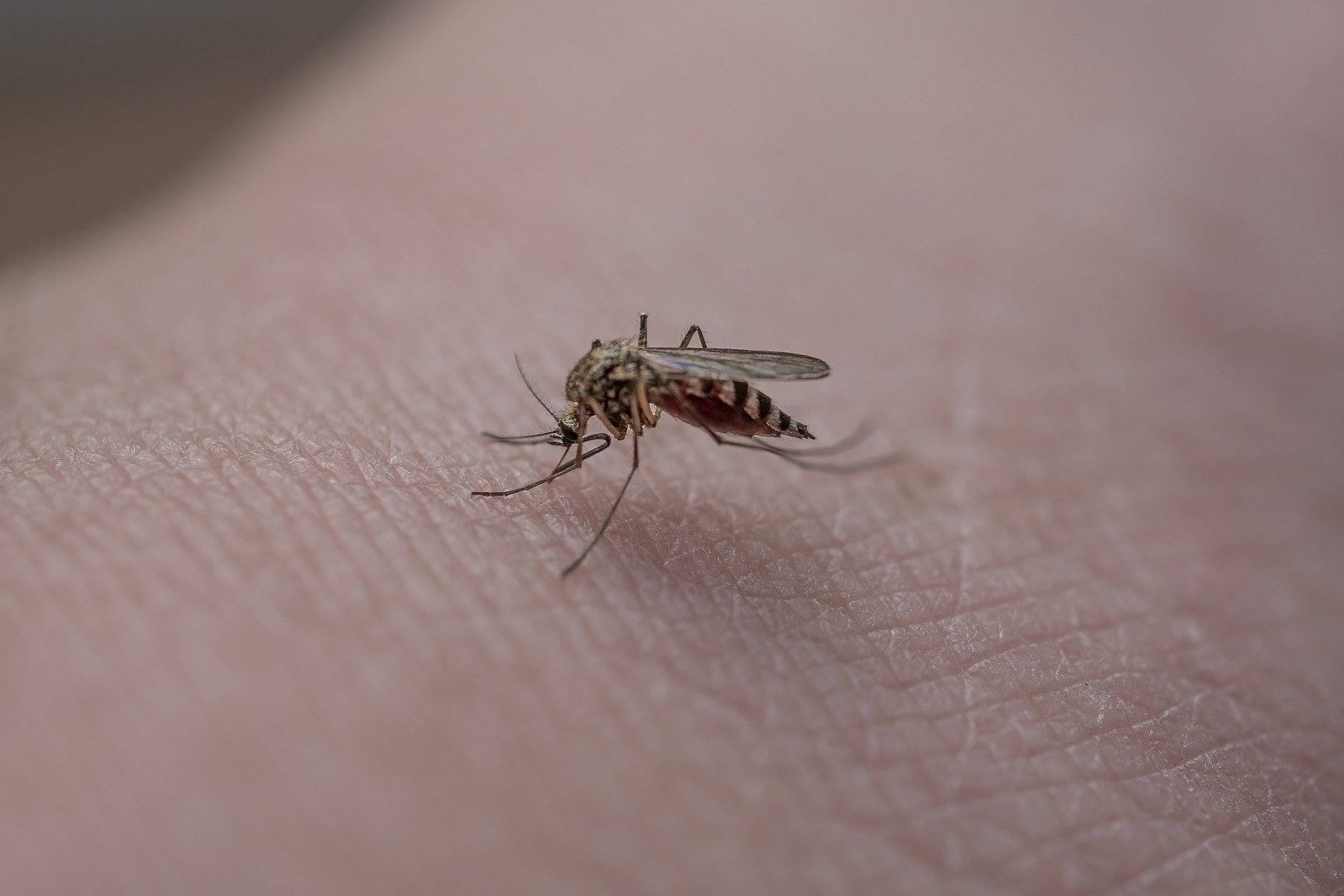Introduction:
As a pest control expert, it is my duty to protect homes and businesses from the relentless and often silent destruction caused by various pests. Among the most formidable foes I encounter are termites – the silent destroyers. These tiny insects can wreak havoc on structures, causing extensive damage before their presence is even noticed. In this blog, I will provide you with valuable insights on how to spot the signs of a termite infestation and protect your property from their relentless destruction.
1. Understanding Termites:
Termites are social insects that thrive in colonies, working tirelessly to feed on cellulose-based materials such as wood and paper. They are attracted to moisture and darkness, making them particularly troublesome for homeowners. The three main types of termites are subterranean, drywood, and dampwood termites. While each type differs slightly in behavior and habitat preference, they all share a common goal: feeding on your property.
2. Identifying Indications of Termite Infestation:
a) Mud Tubes and Tunnels:
Subterranean termites construct mud tubes or tunnels along walls, foundations, or other surfaces to access their food sources. These tubes serve as protective passageways and are often a clear indication of termite presence. Keep an eye out for these mud tubes, especially in basements, crawlspaces, or near your home’s foundation.
b) Discarded Wings:
During the reproductive phase, termite swarmers (winged termites) emerge from the colony in search of new nesting sites. After finding a suitable location, they shed their wings, leaving behind a pile of discarded wings near windowsills, doorways, or light sources. Spotting these wings is a sure sign of termite activity.
c) Hollow-Sounding Wood:
Termites consume wood from the inside out, leaving only a thin layer of paint or veneer intact. Tap on wooden structures and listen for a hollow sound or feel for a sponge-like texture. If you notice these signs, contact a pest control professional immediately.
d) Accumulation of Frass:
Drywood termites create small holes in wood surfaces through which they push out their excrement, known as frass. Accumulation of frass near furniture, window sills, or on the floor could indicate a drywood termite infestation.
3. Taking Preventive Measures:
Prevention is key when it comes to termite control. Here are a few steps you can take to protect your property:
a) Reduce Moisture:
Since termites are attracted to moisture, fix any leaks, ensure proper drainage, and keep the surrounding area dry. Regularly inspect gutters, downspouts, and plumbing fixtures to prevent excess moisture buildup.
b) Remove Wood-to-Soil Contact:
Avoid direct wood-to-soil contact around your property. Termites can easily access your home through wooden structures touching the ground. Maintain at least a six-inch gap between the soil and wooden components, such as decks and siding.
c) Store Firewood Properly:
Store firewood away from your home, elevated off the ground, and at least 20 feet away. This prevents termites from using it as a bridge to access your property.
d) Regular Inspections:
Schedule annual termite inspections by a professional pest control company. Early detection is crucial in preventing extensive damage.
Conclusion:
Termites may be silent destroyers, but with vigilance and knowledge, you can protect your property from their destructive tendencies. By understanding the signs of termite infestation and implementing preventive measures, you can ensure the structural integrity of your home or business. Remember, it is always wise to consult a pest control expert for a thorough inspection and effective treatment if you suspect termite activity.


